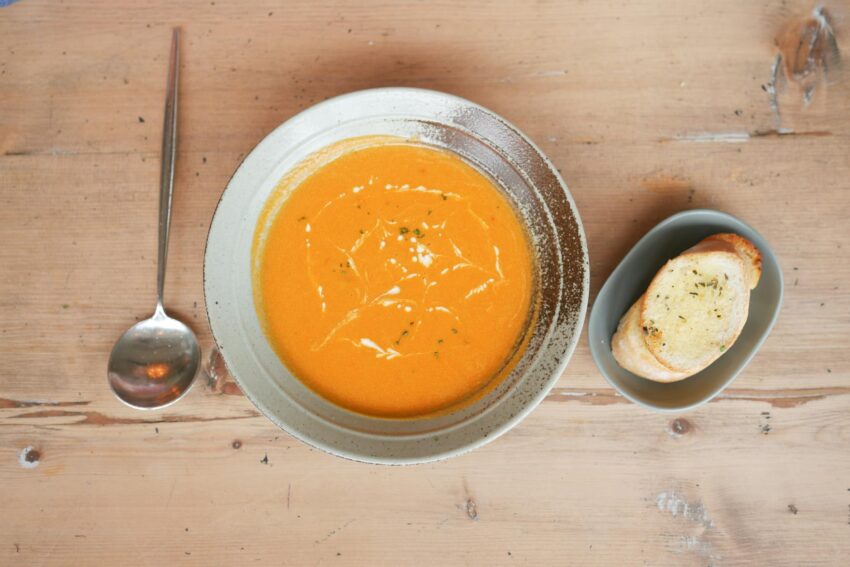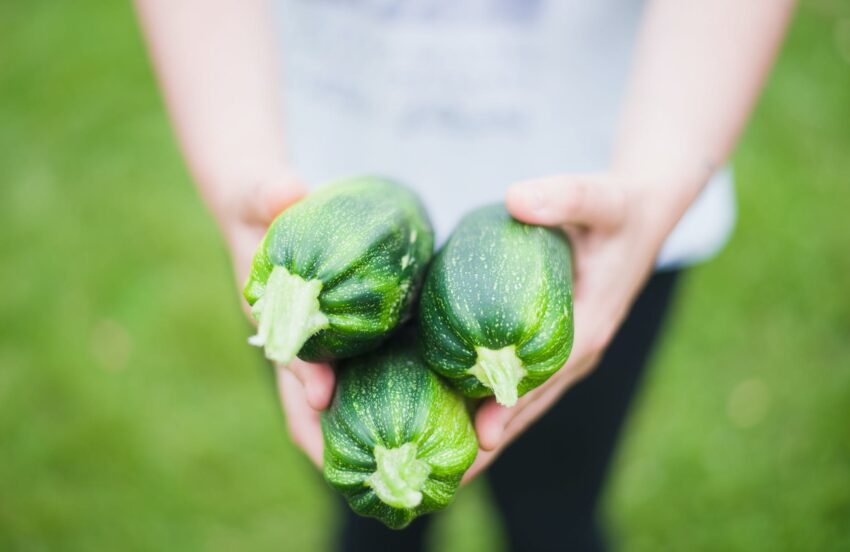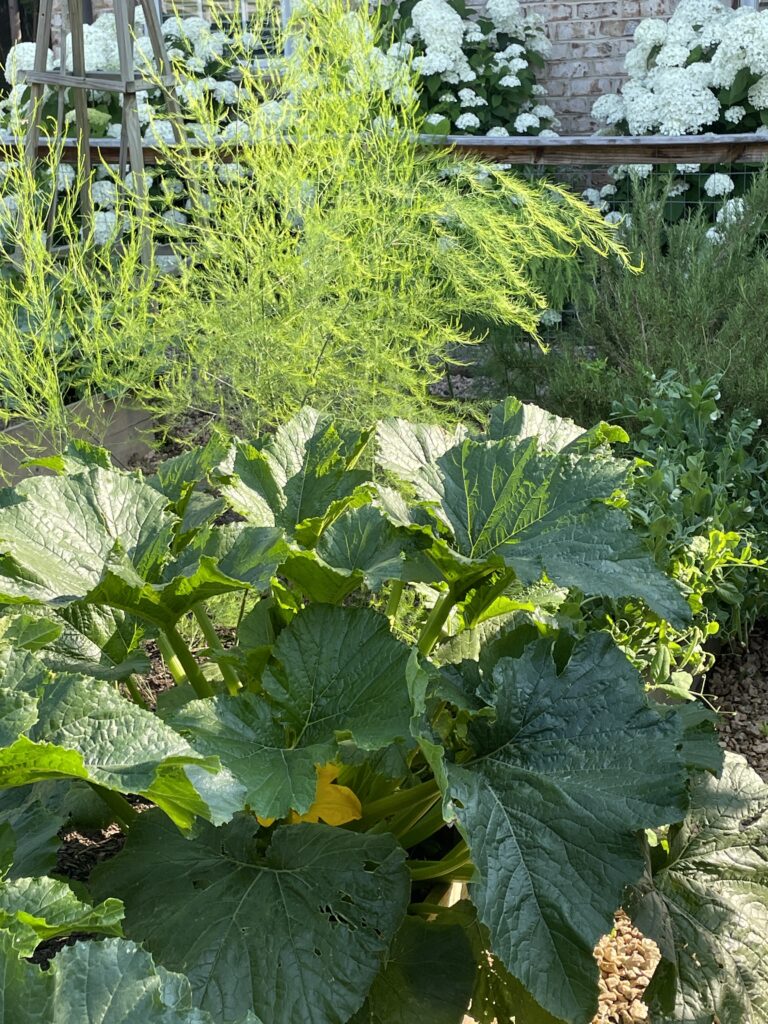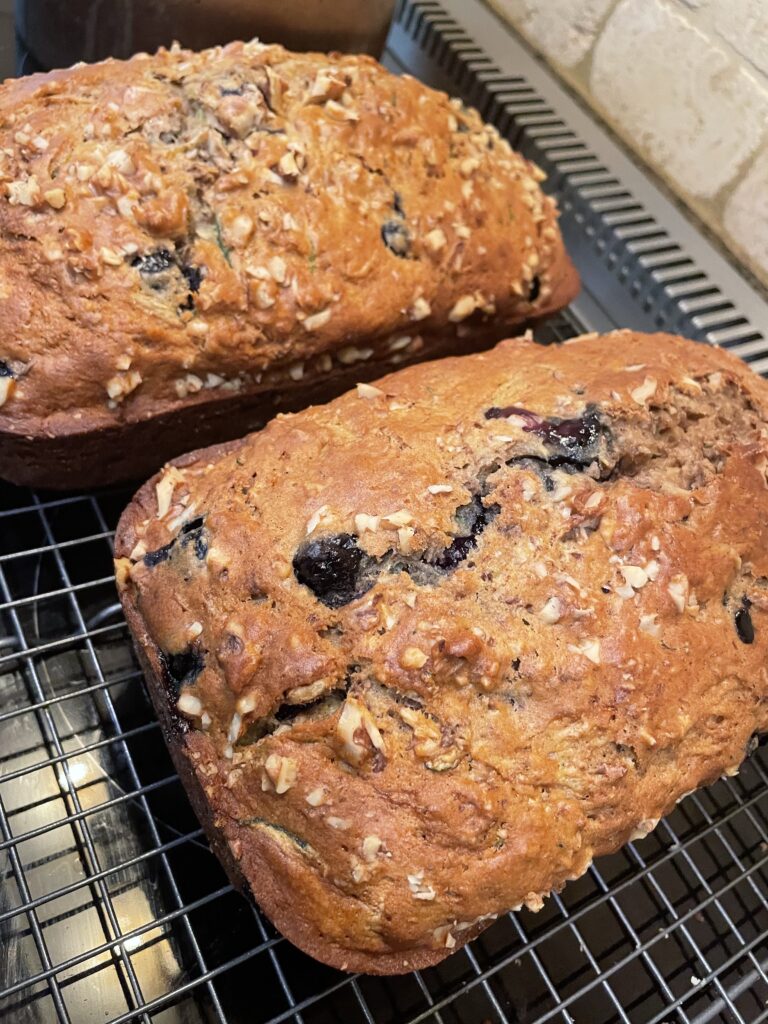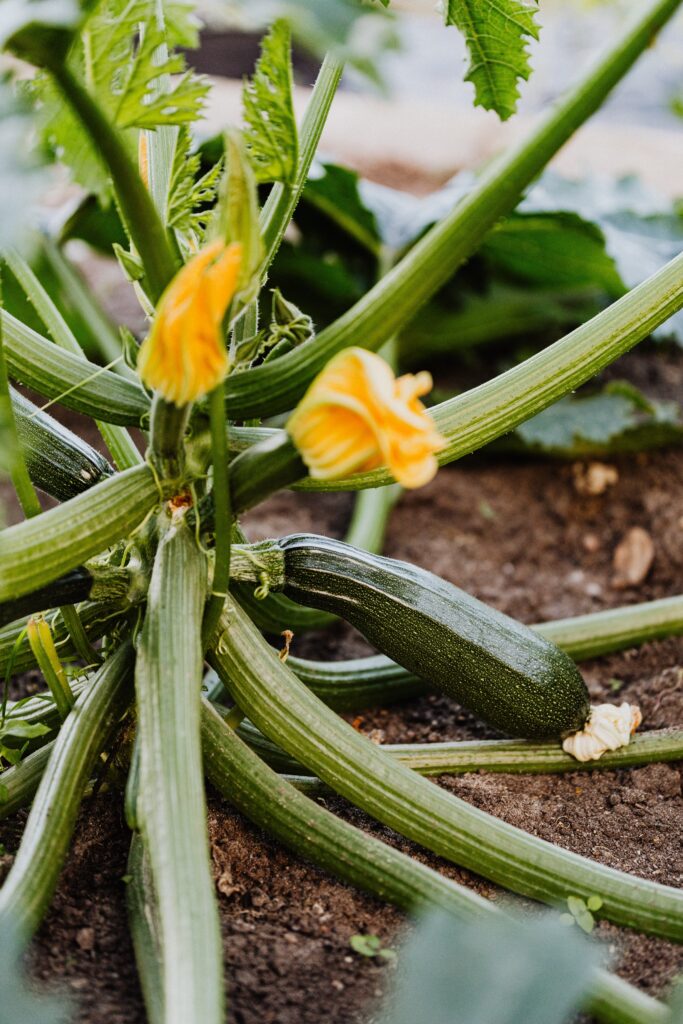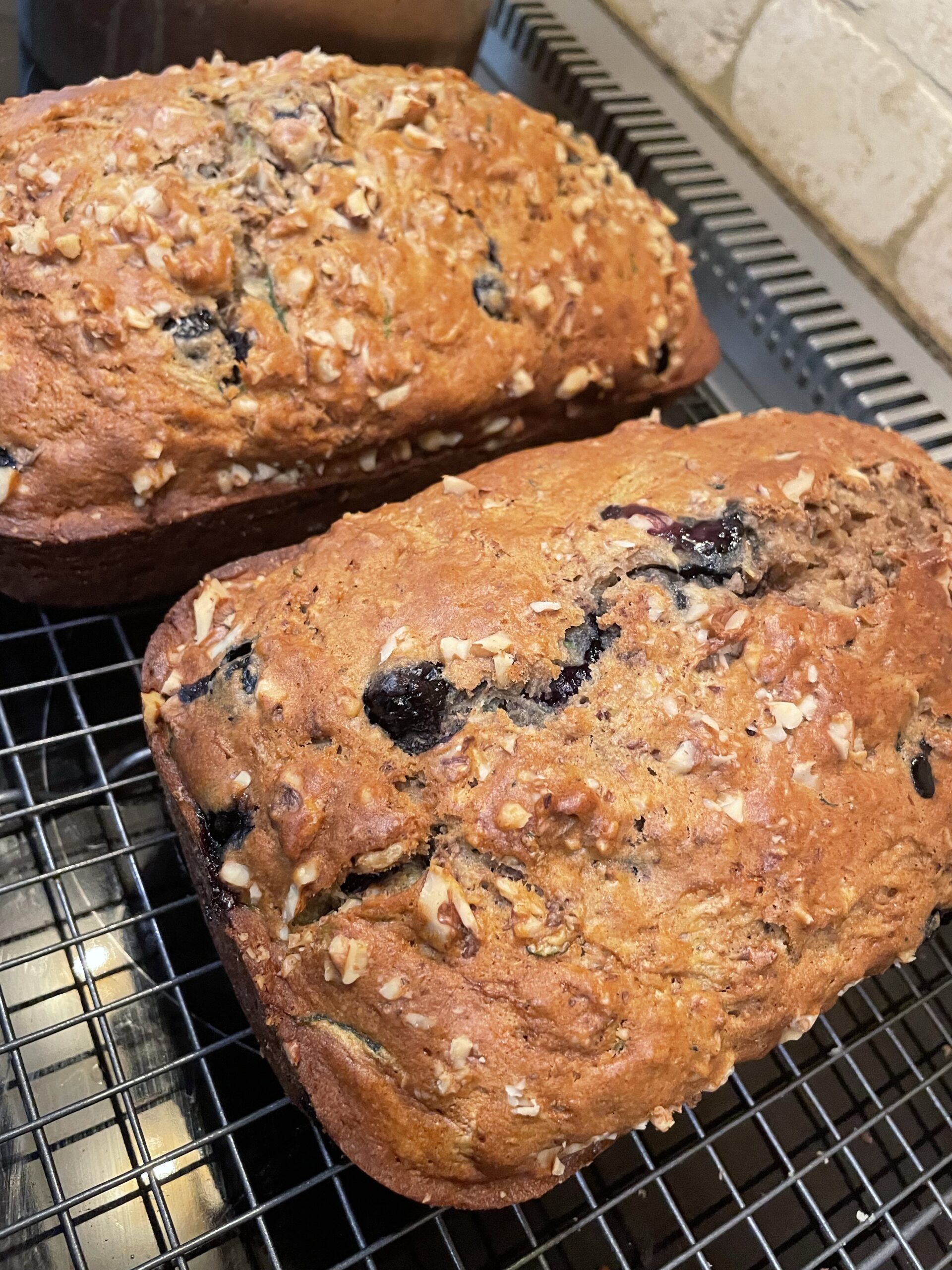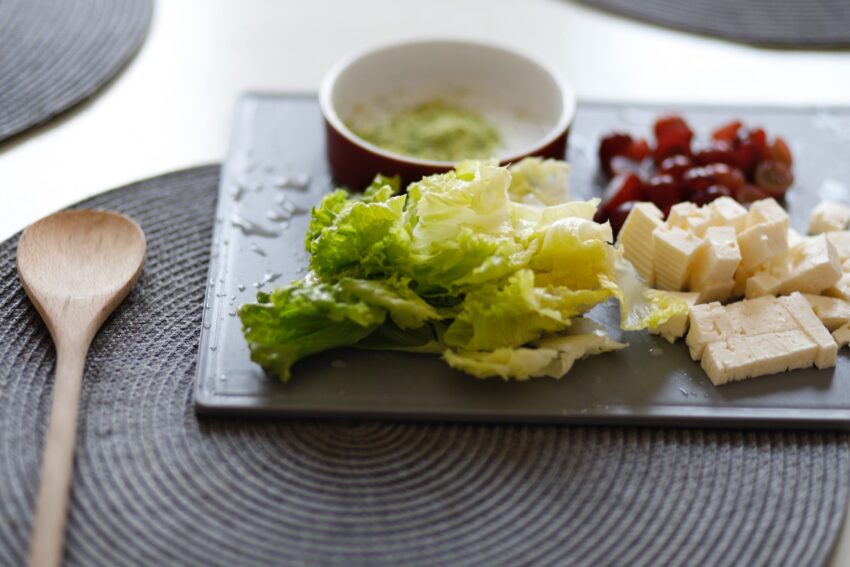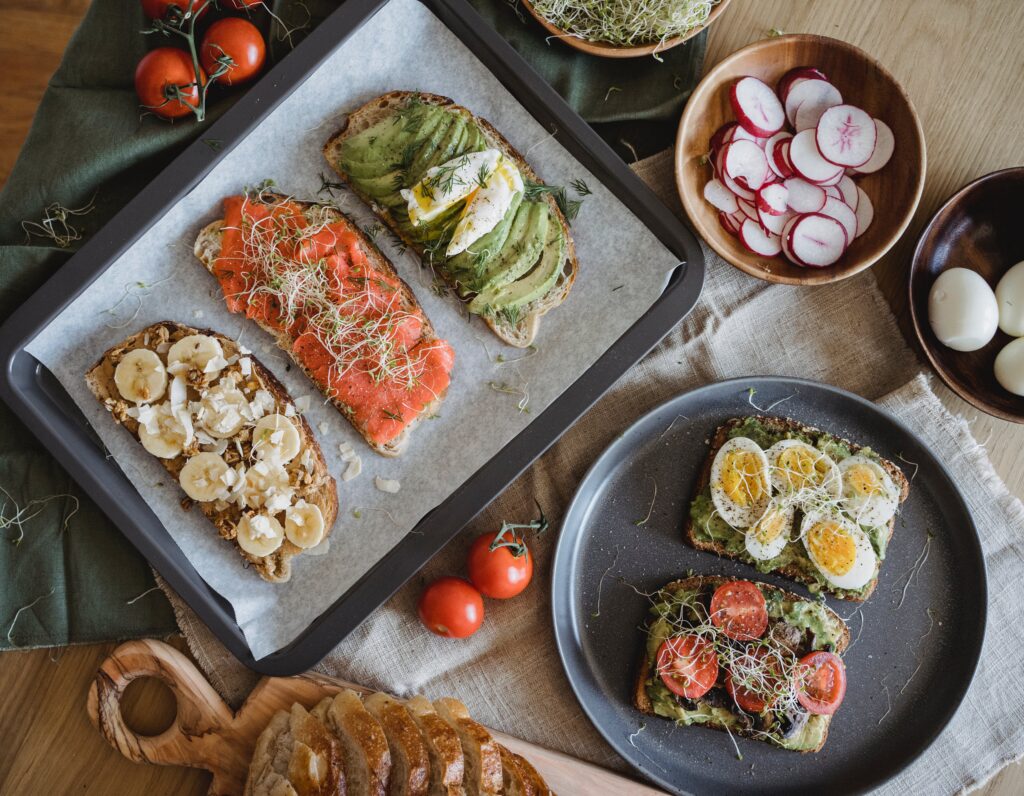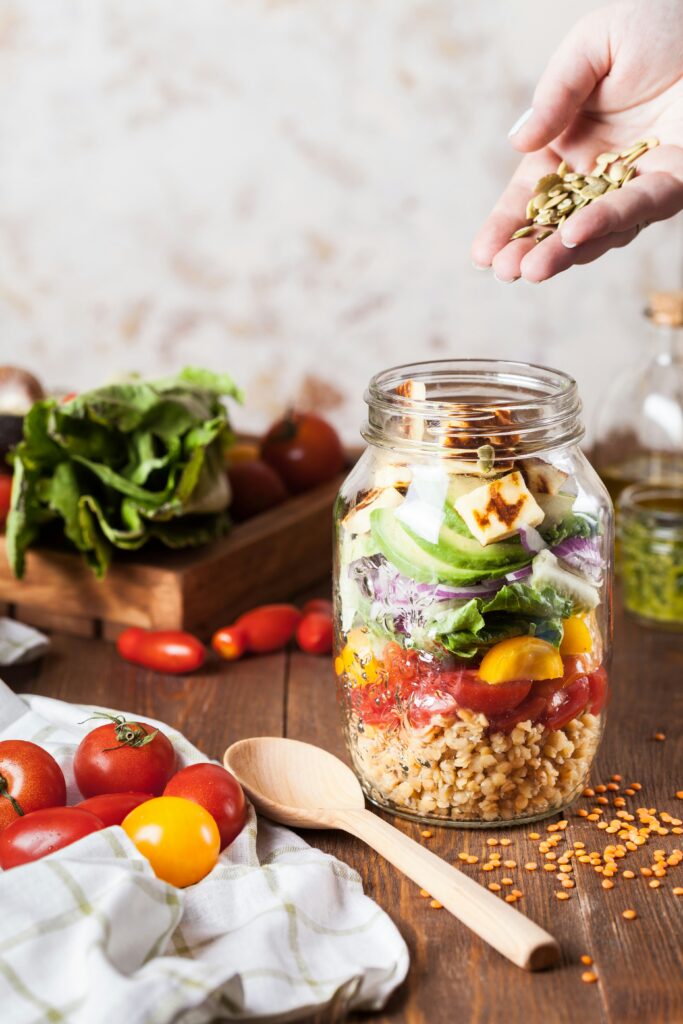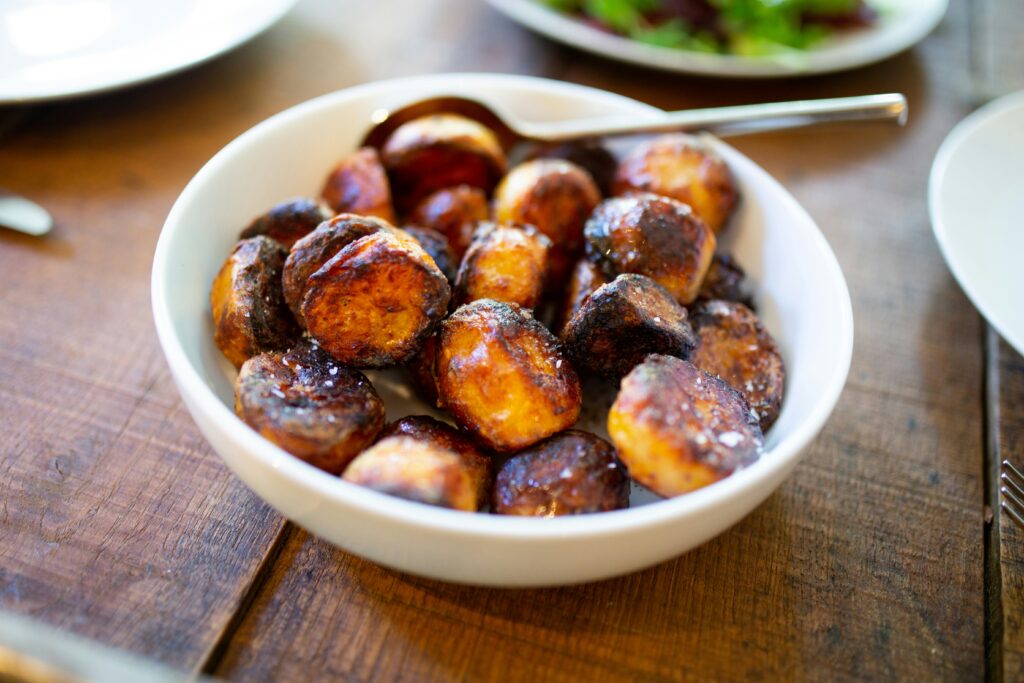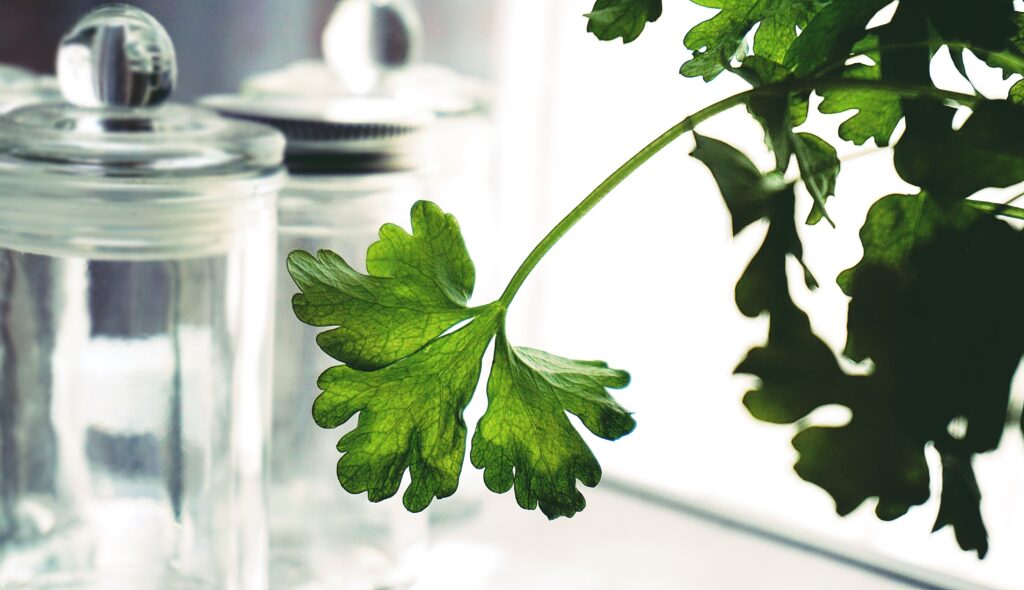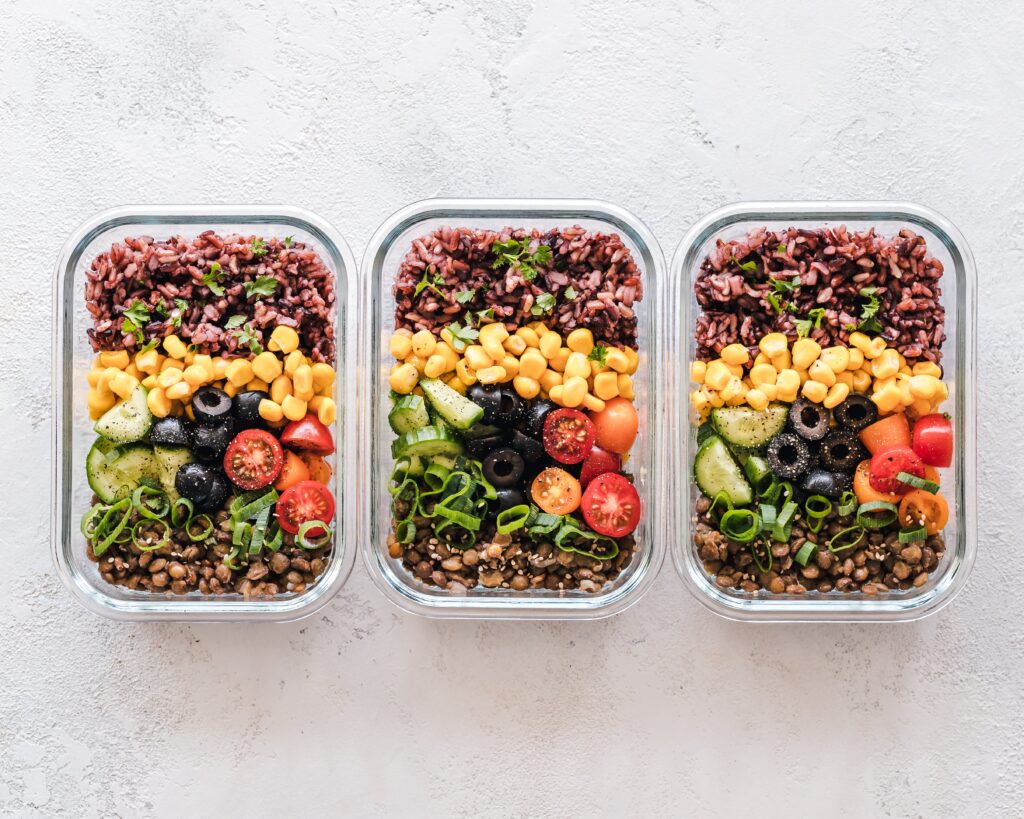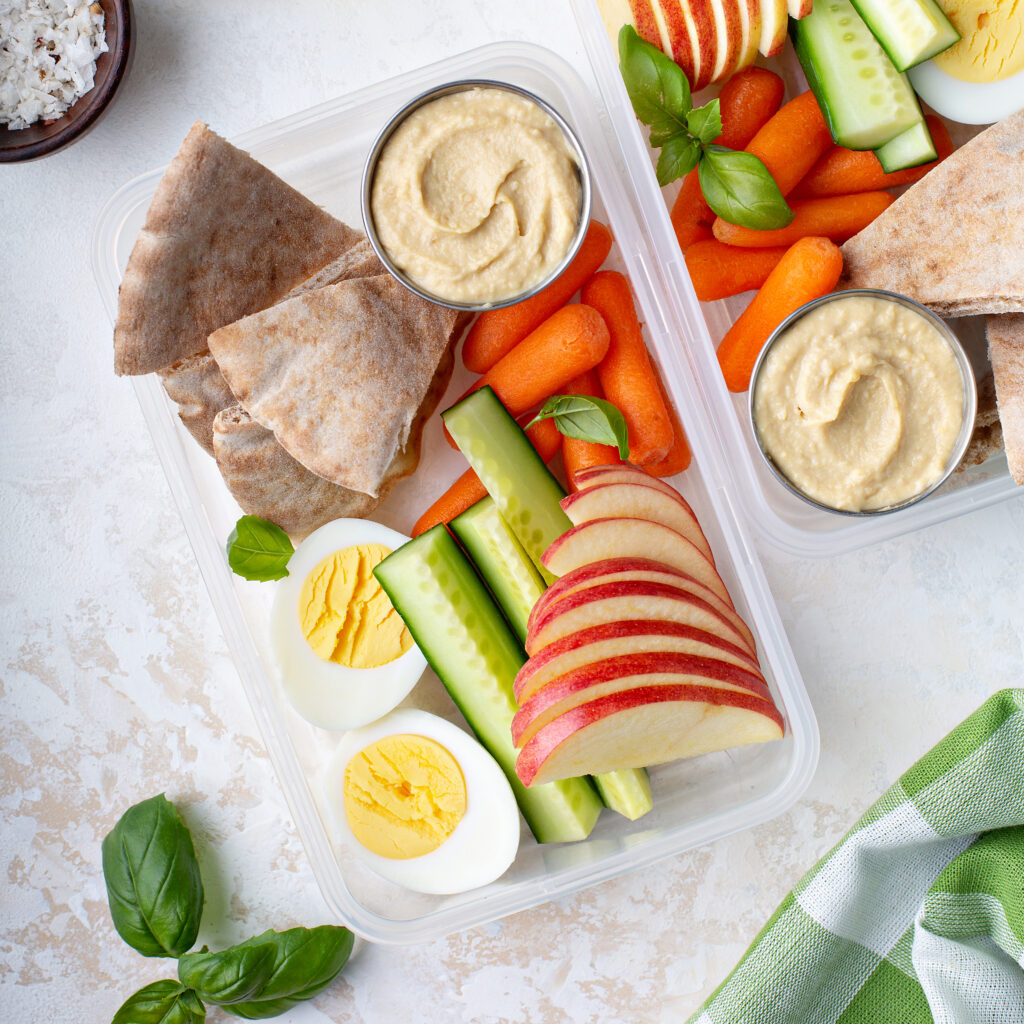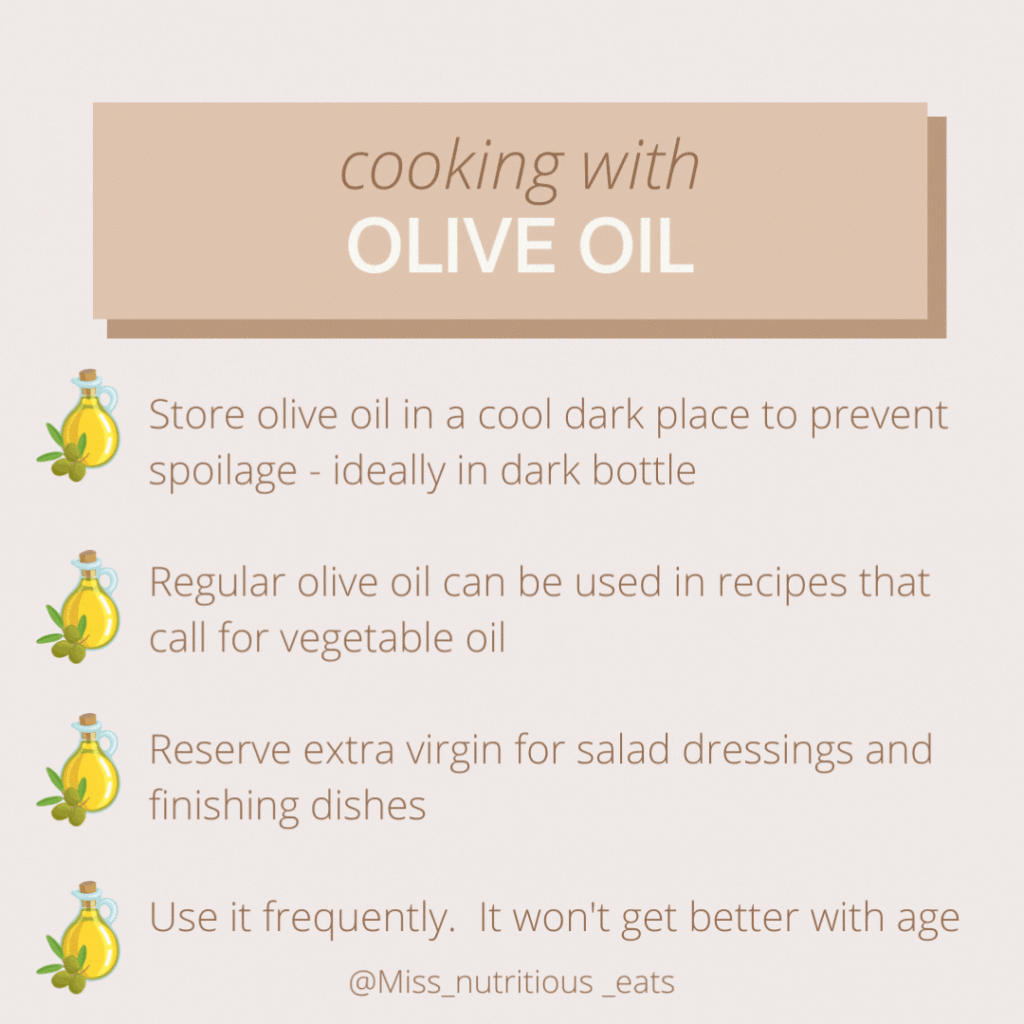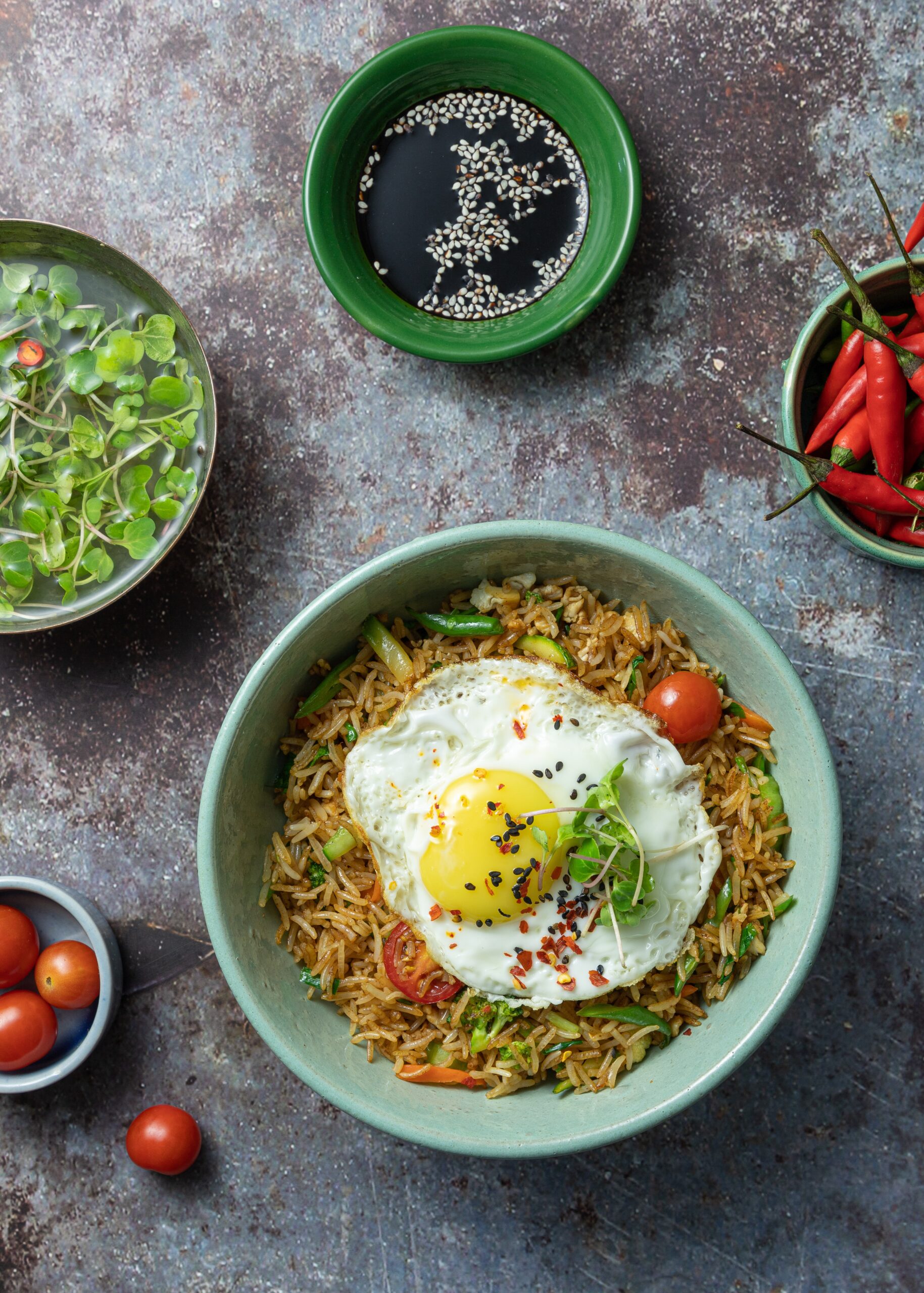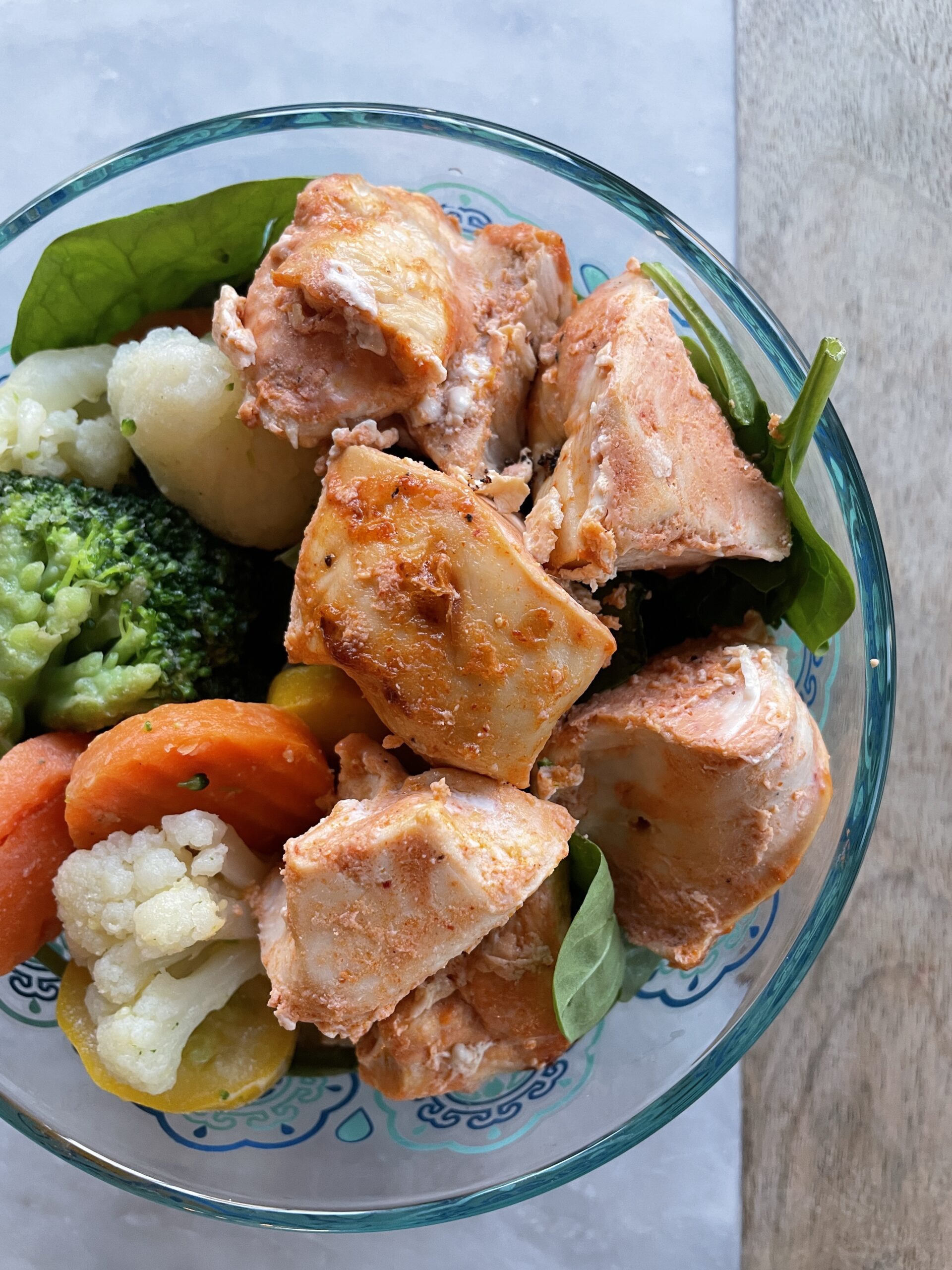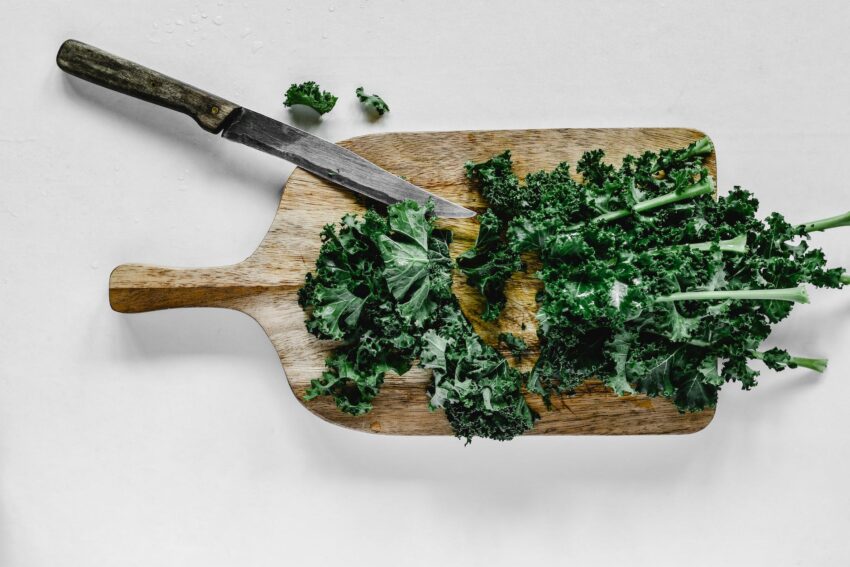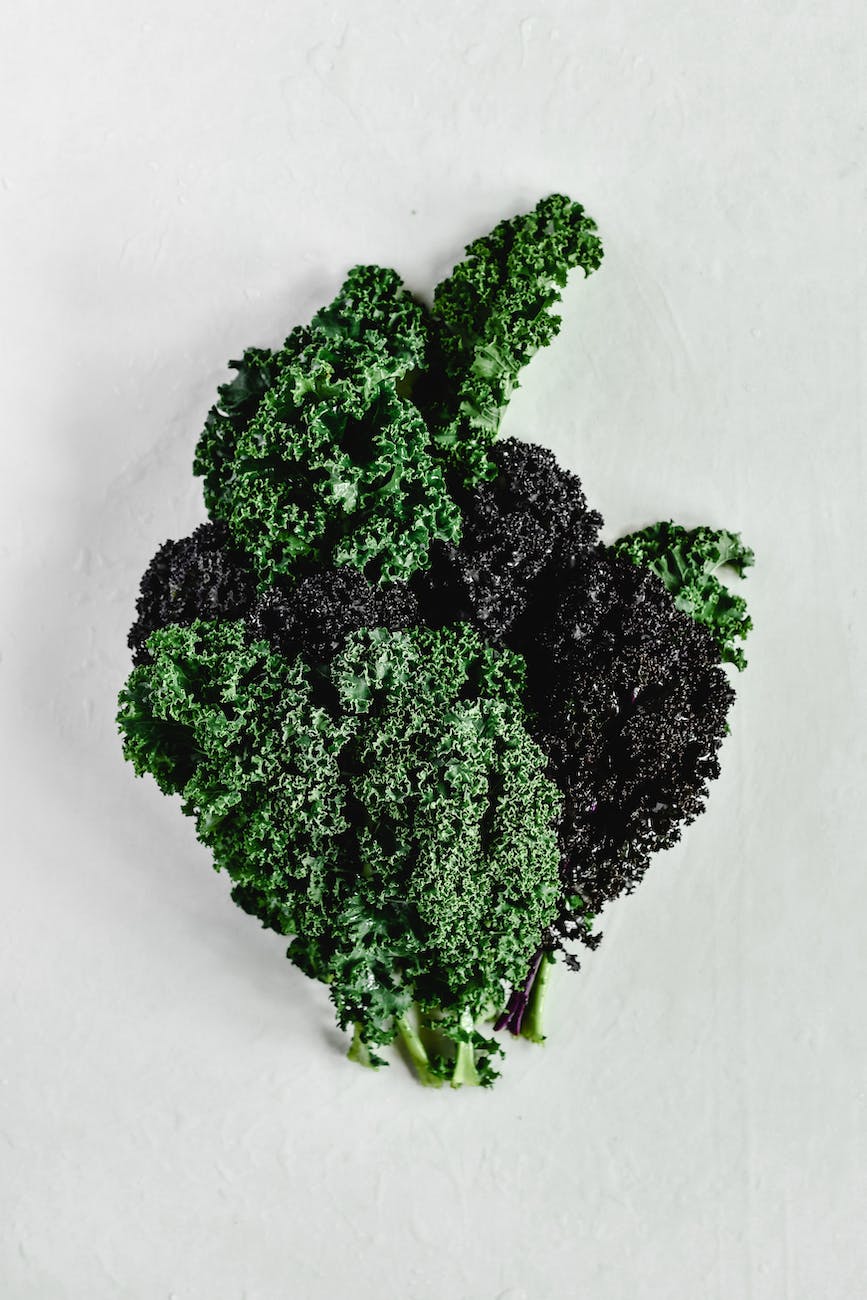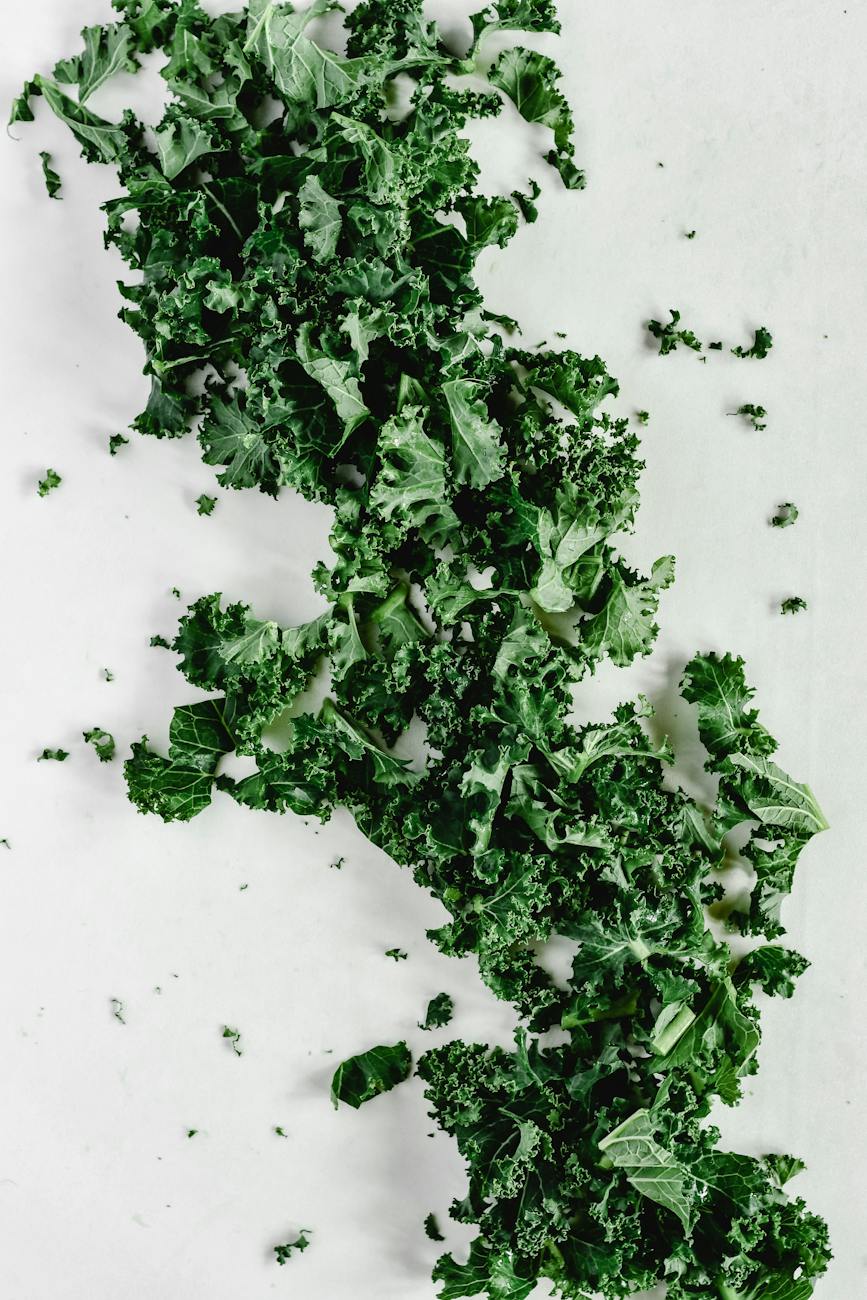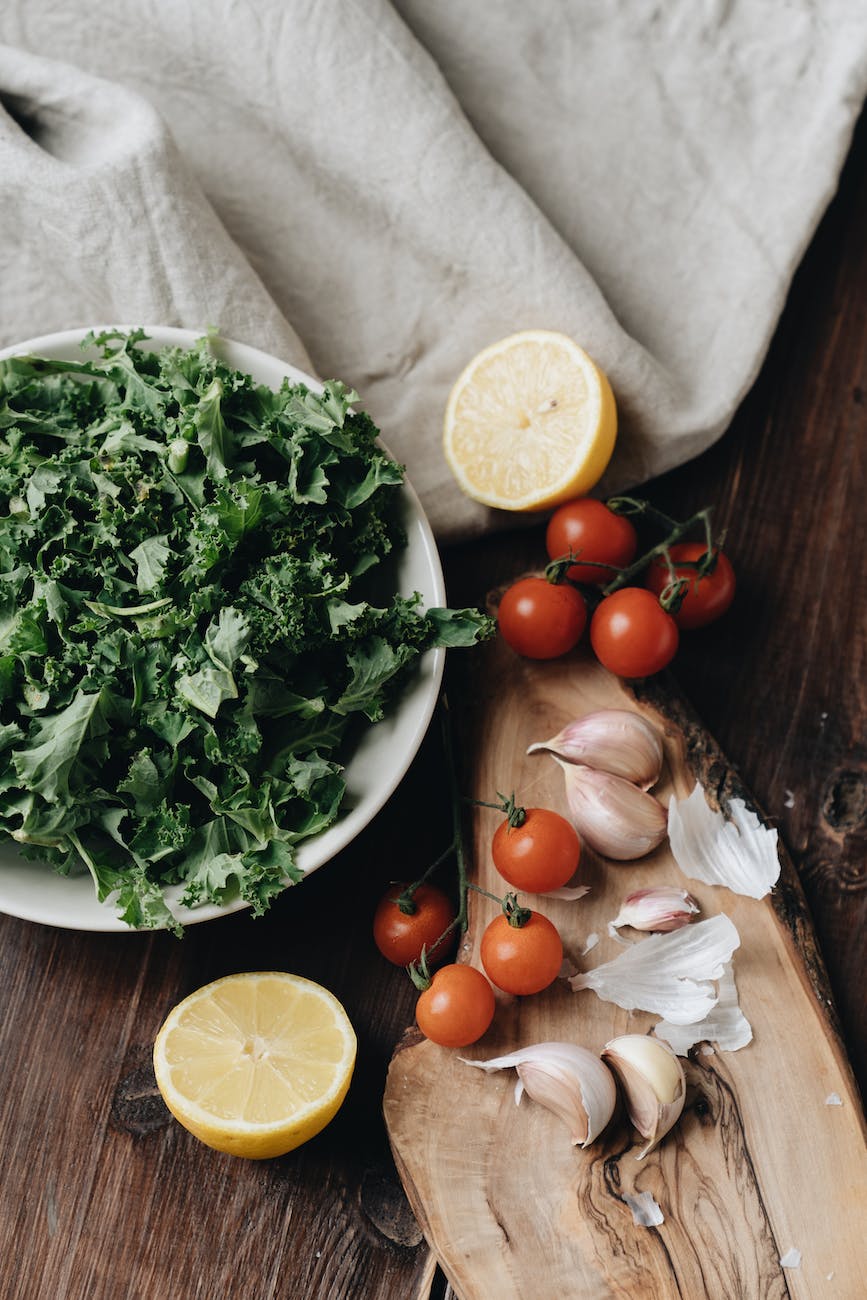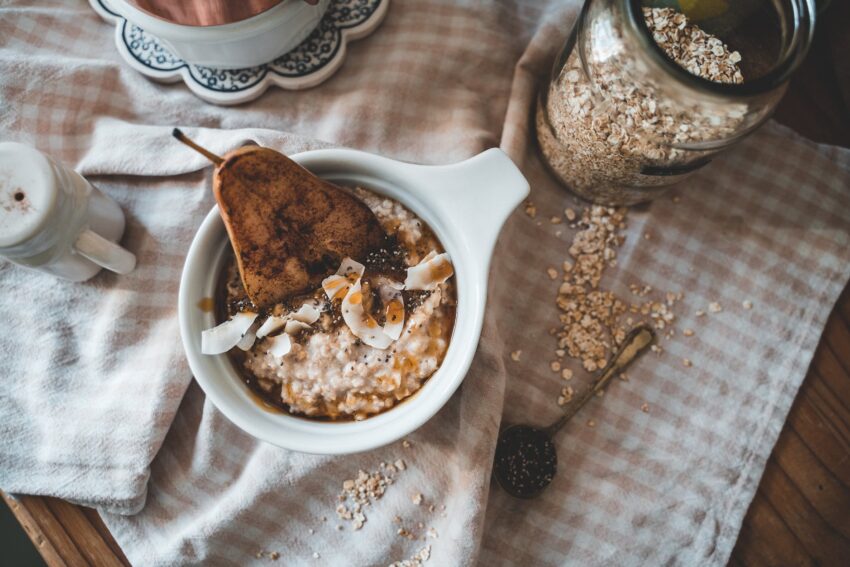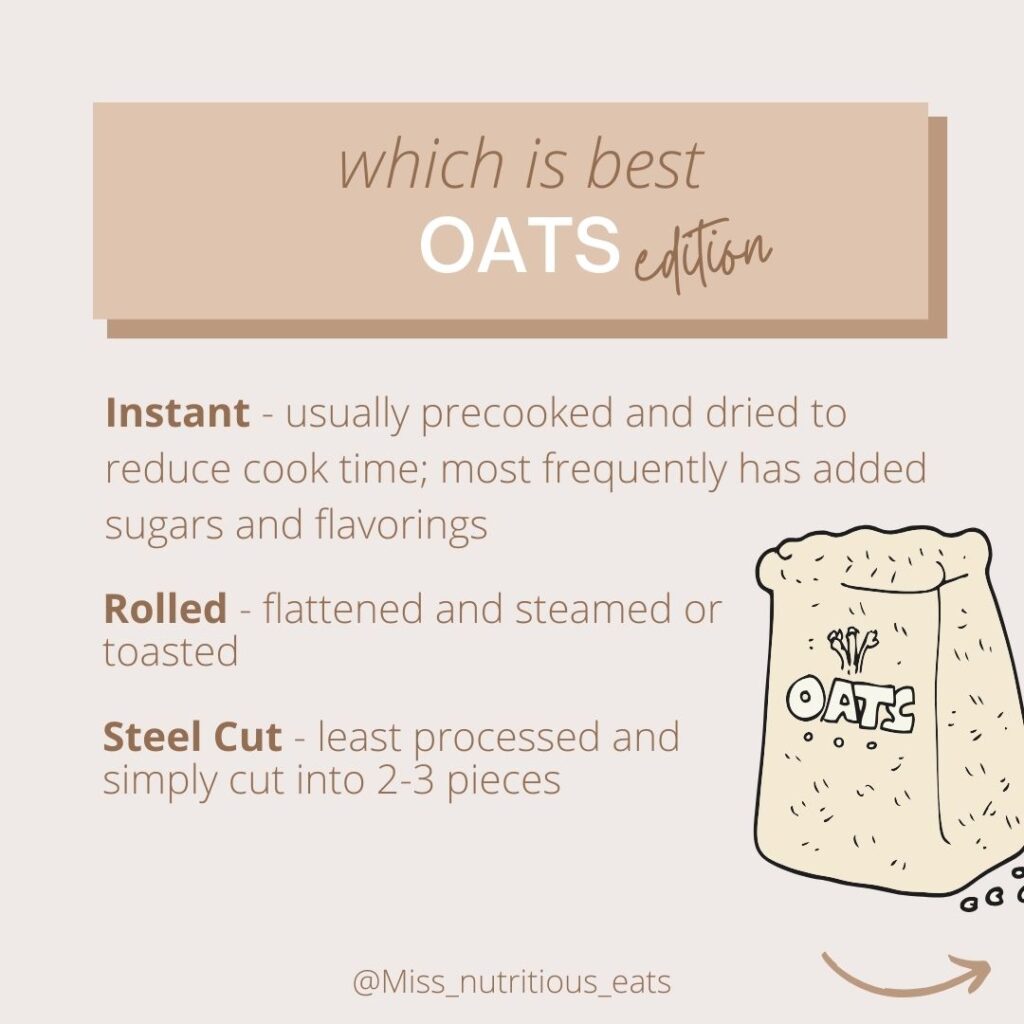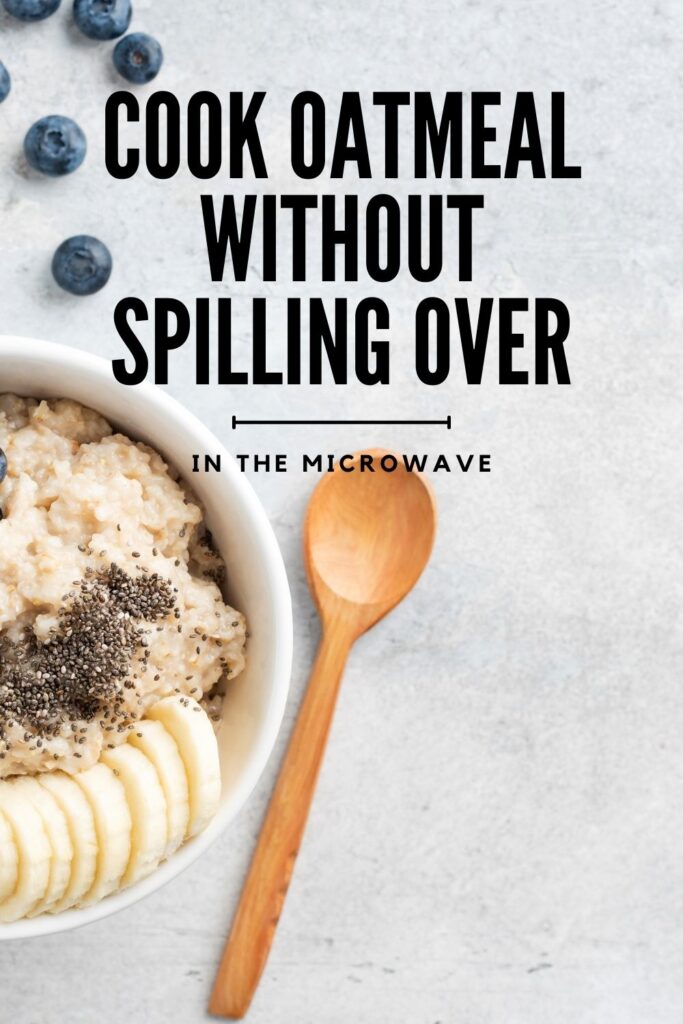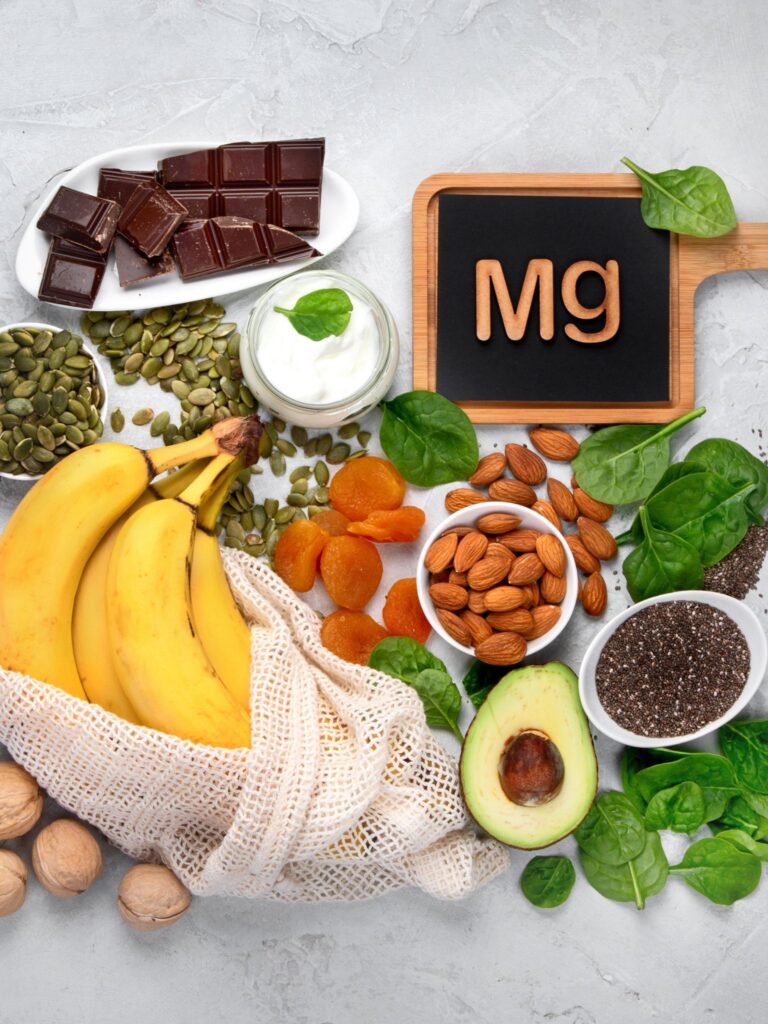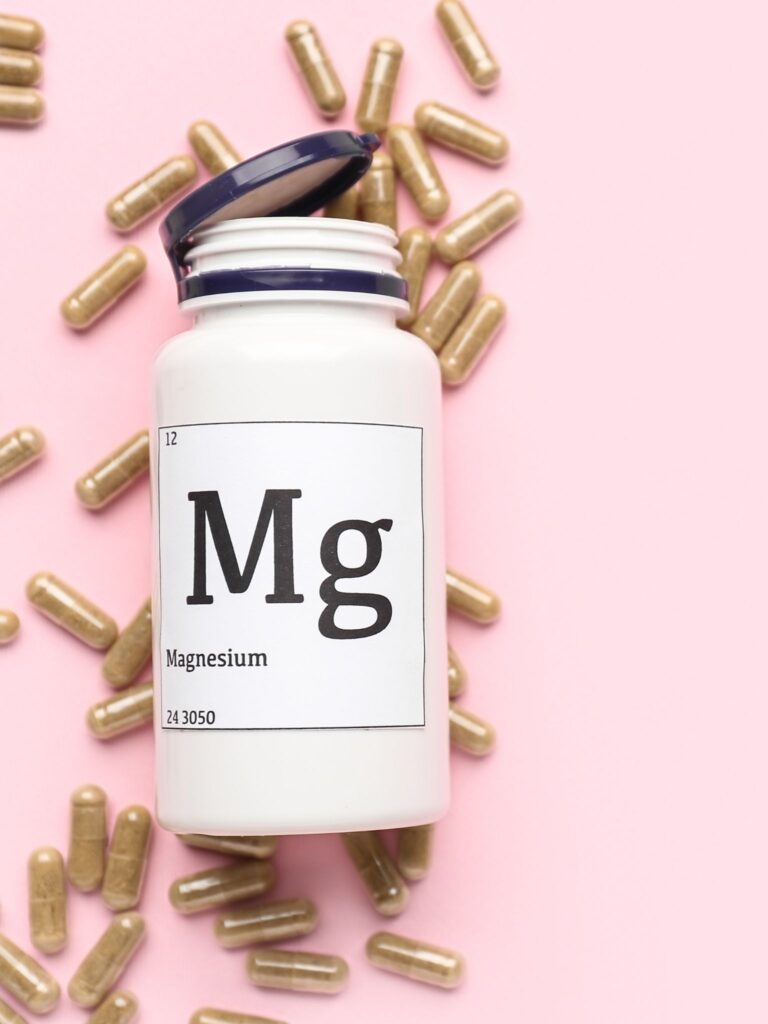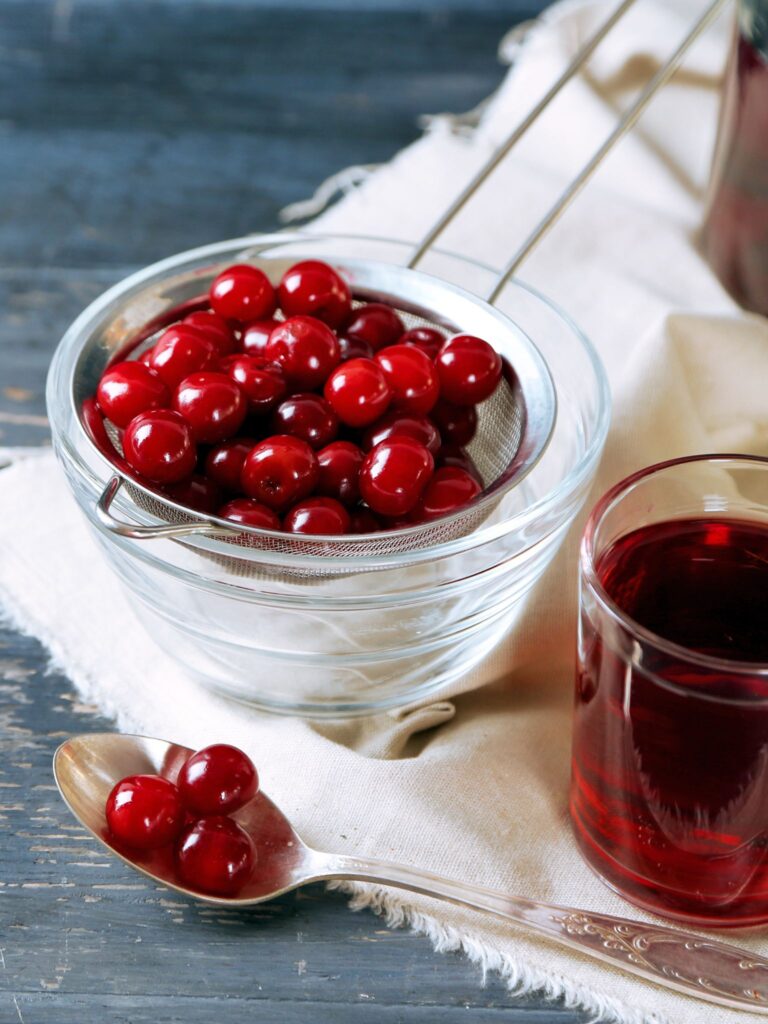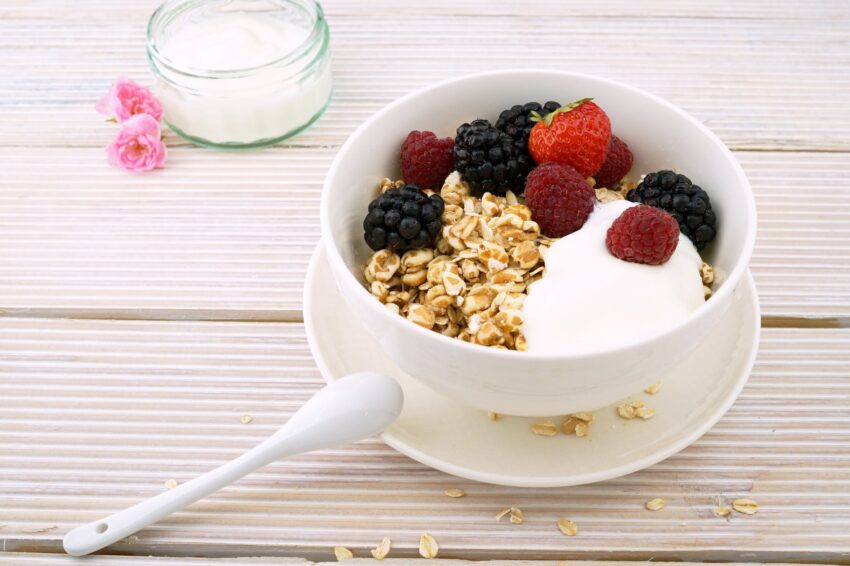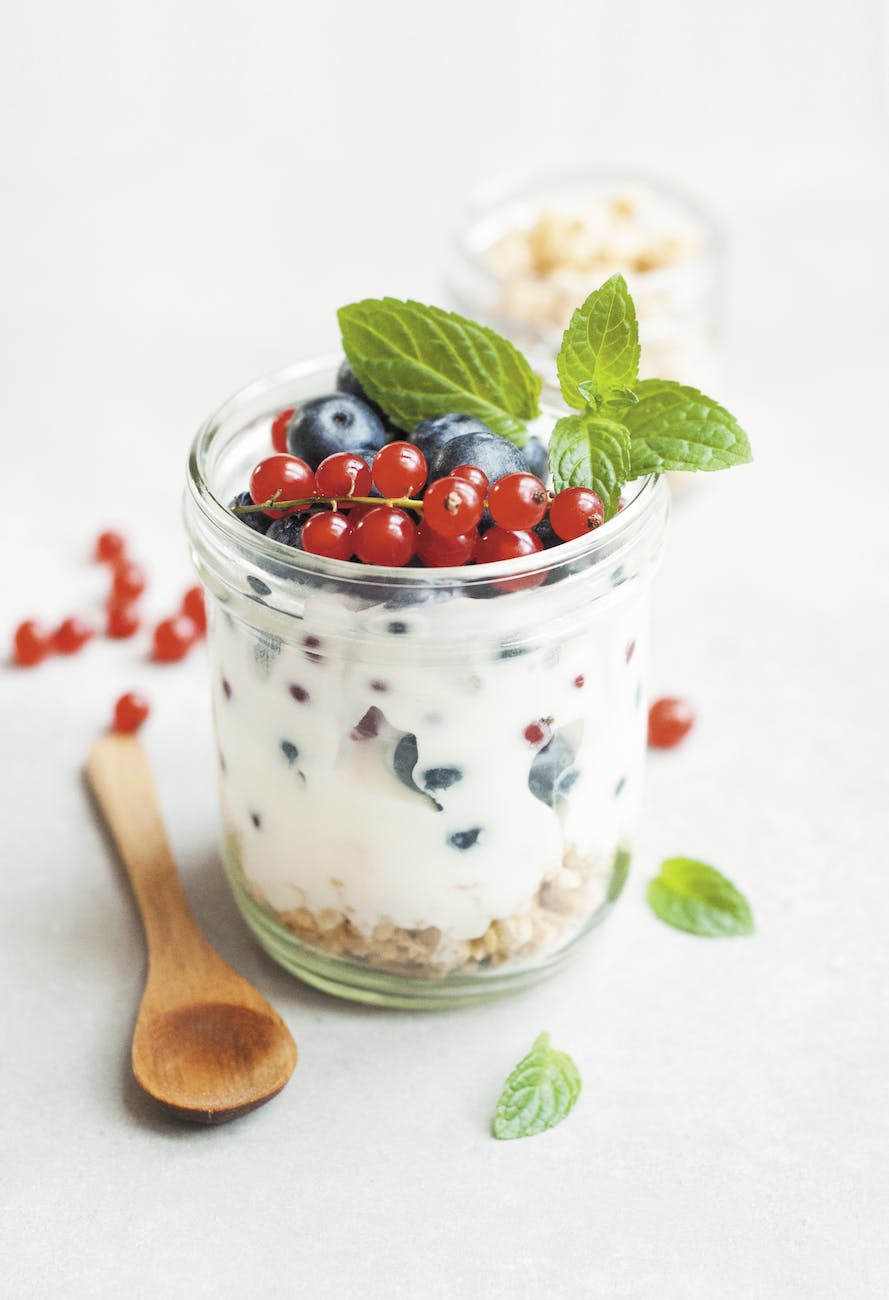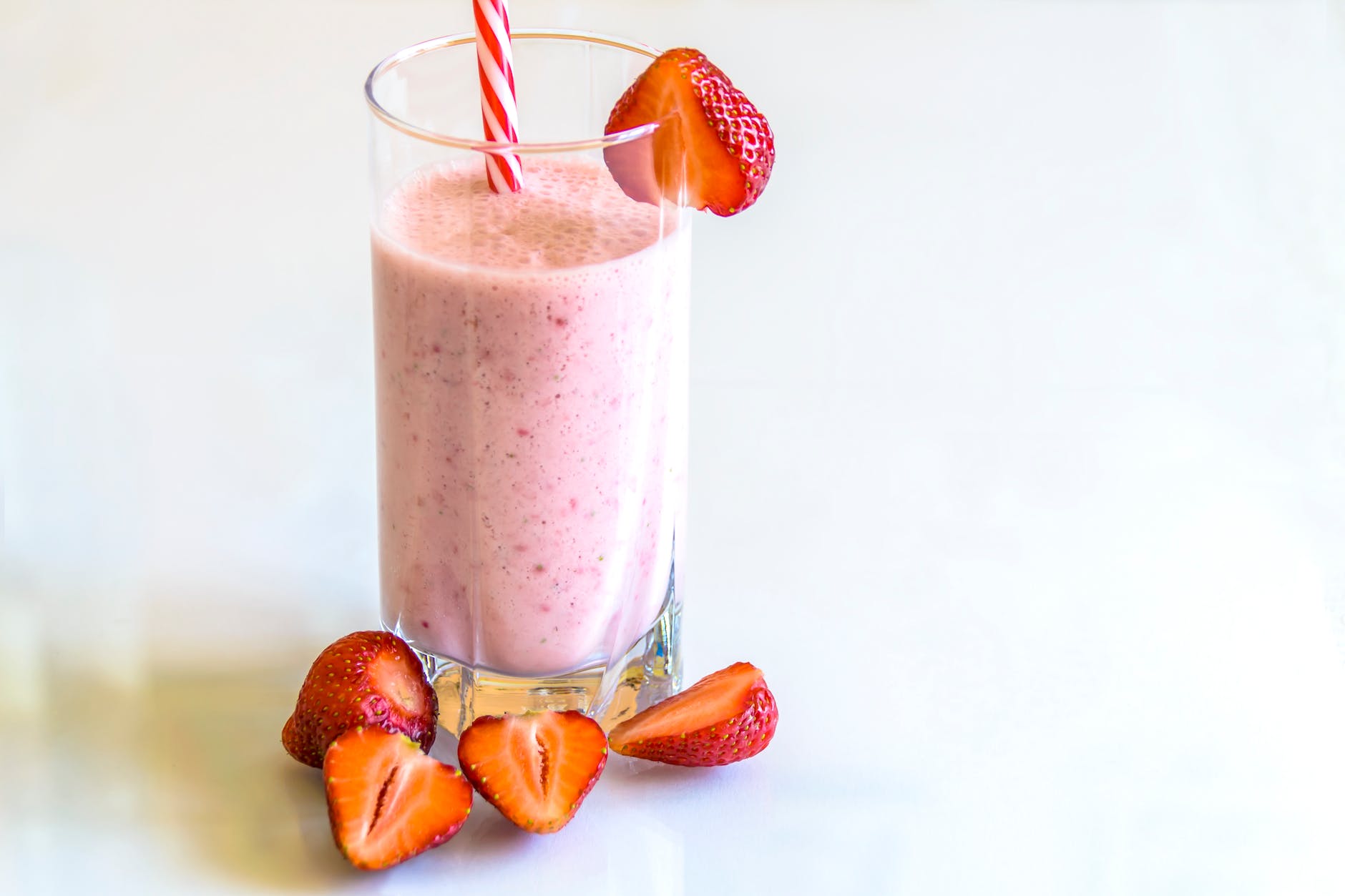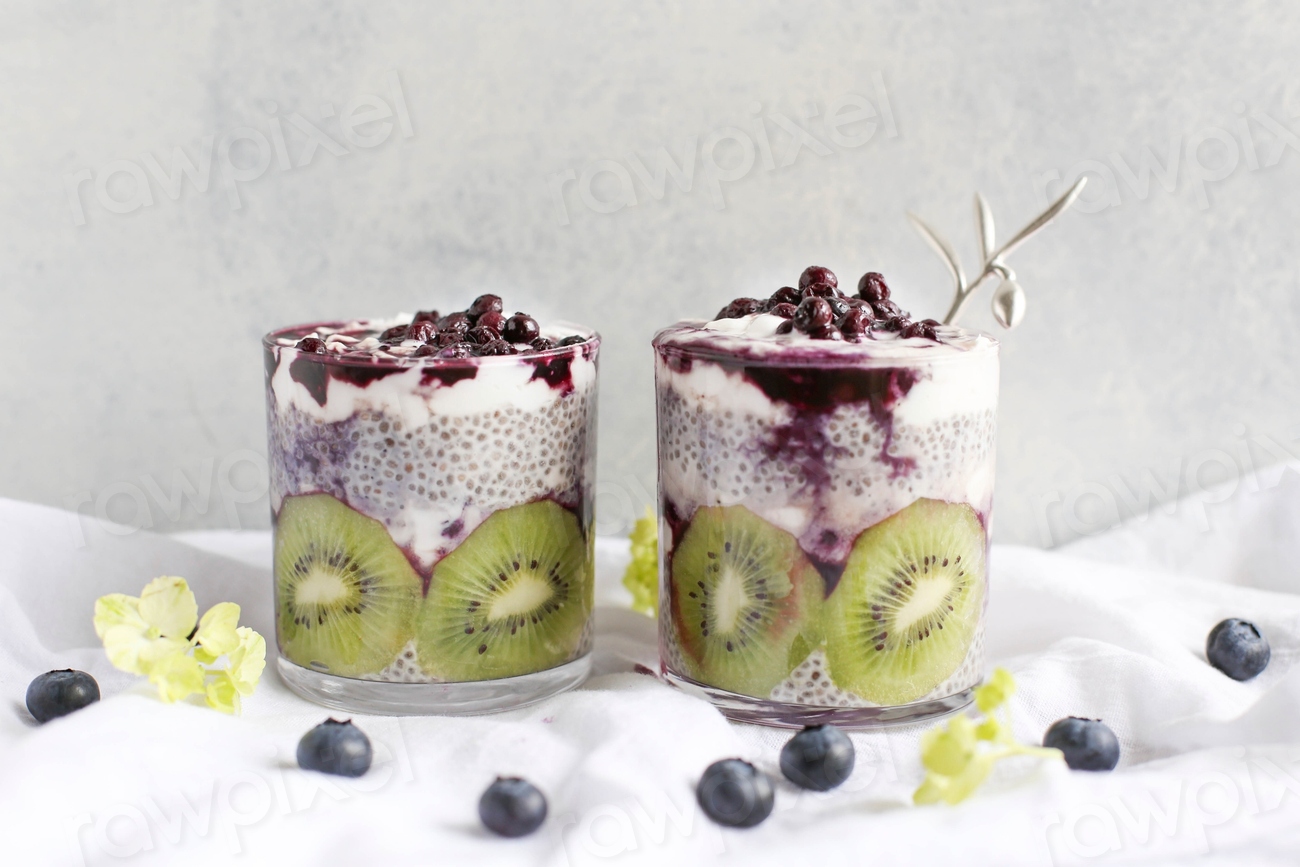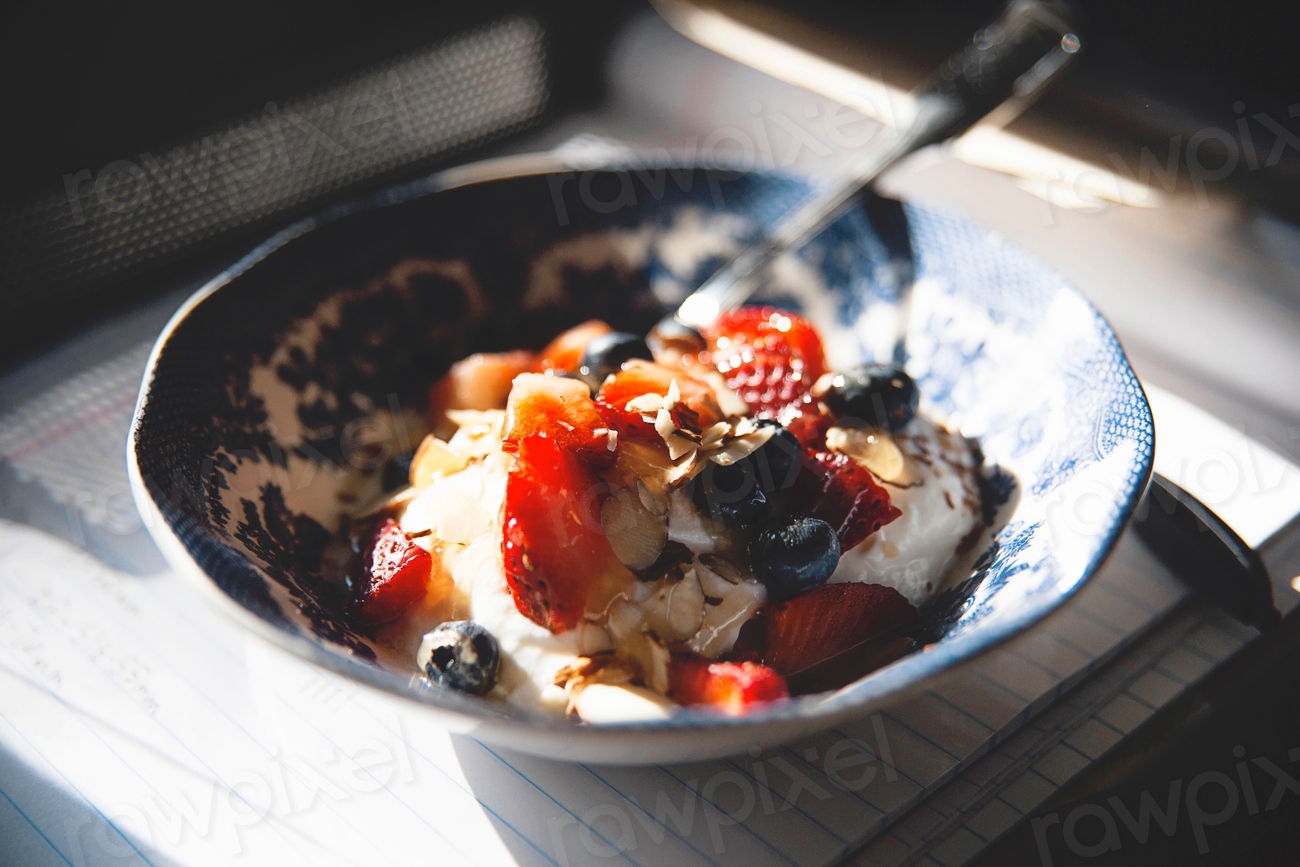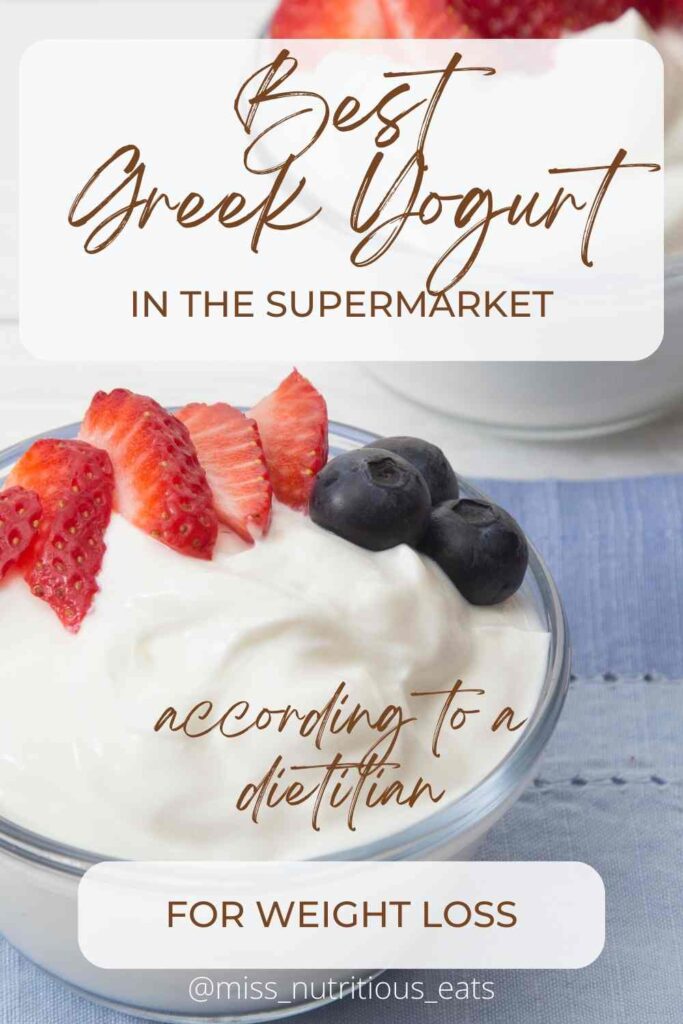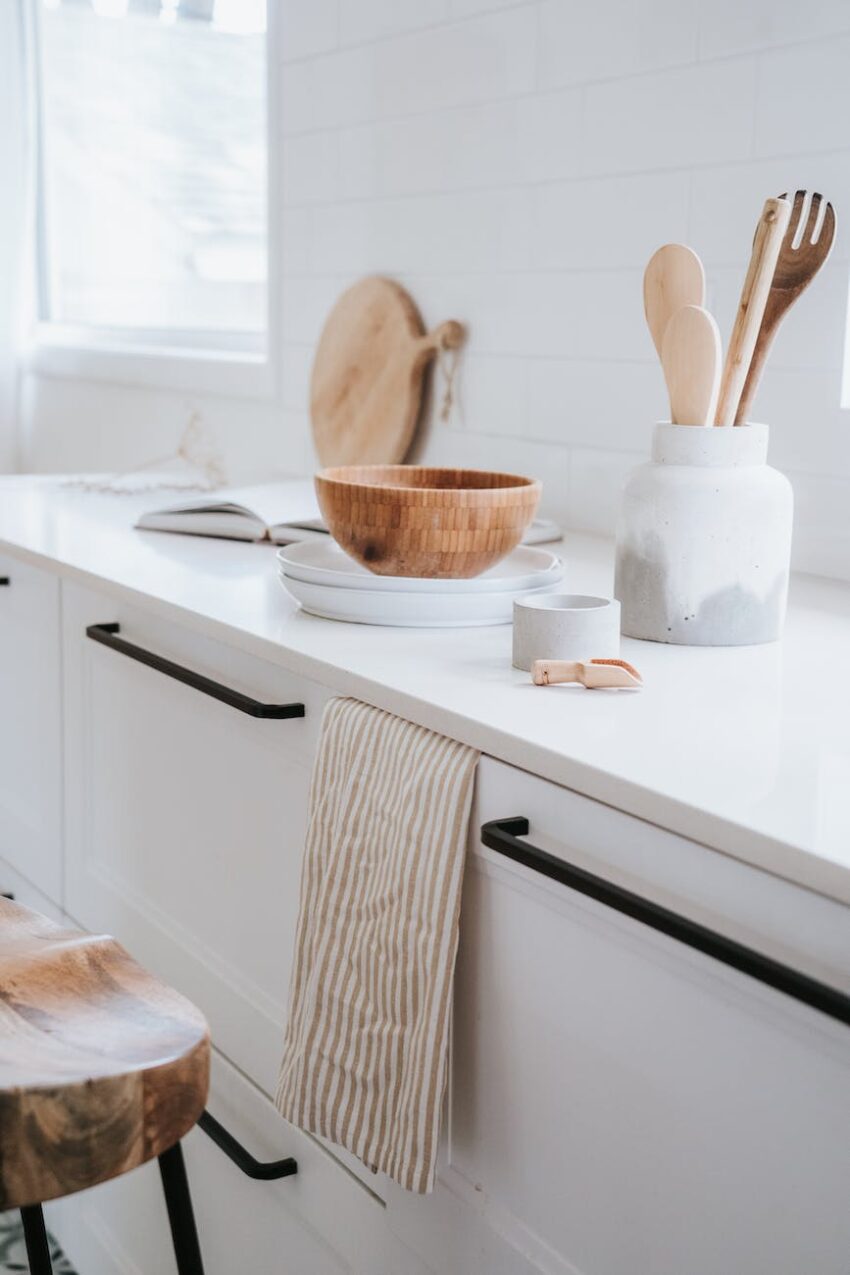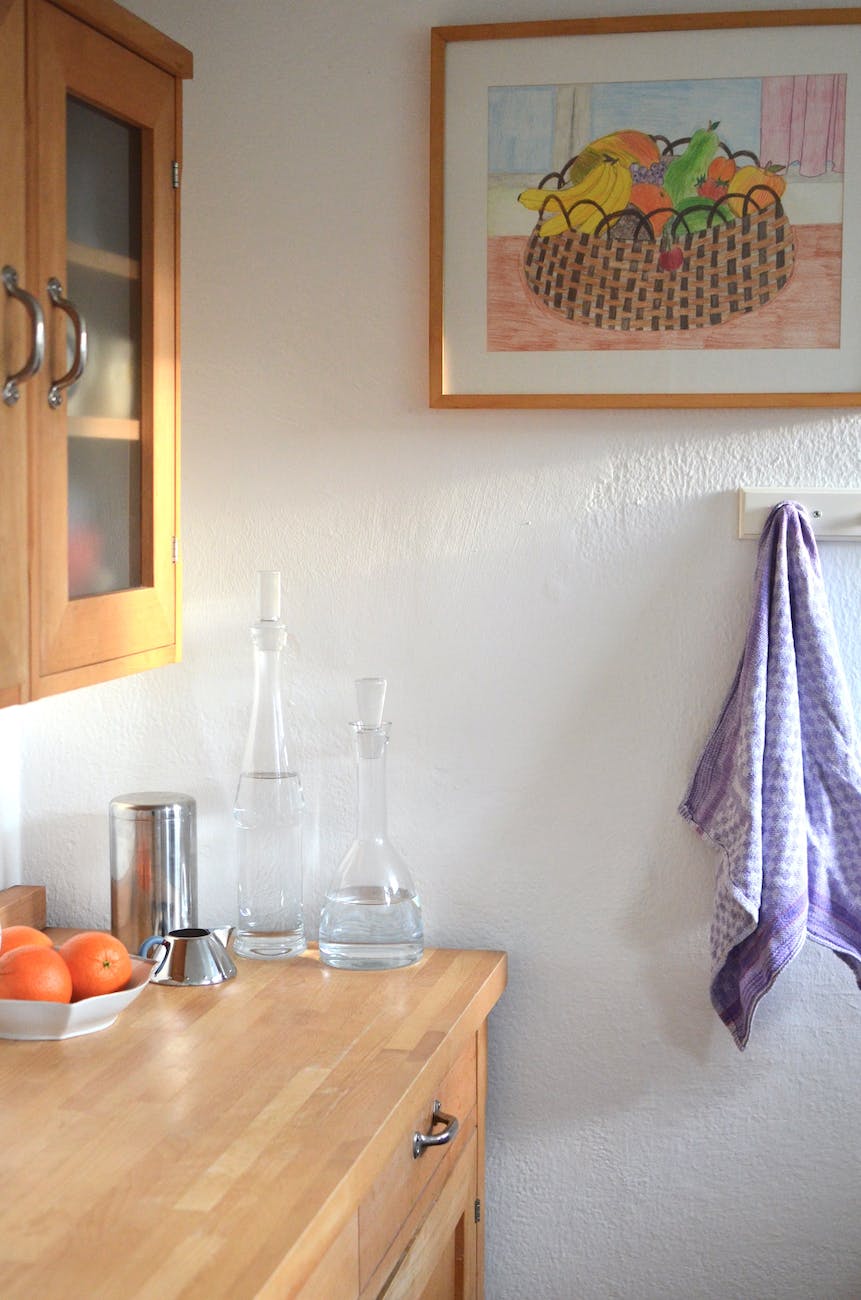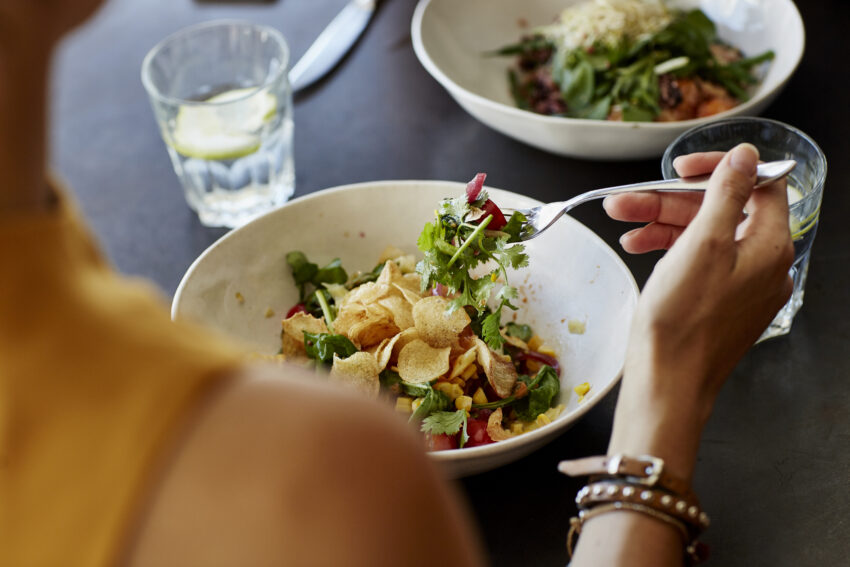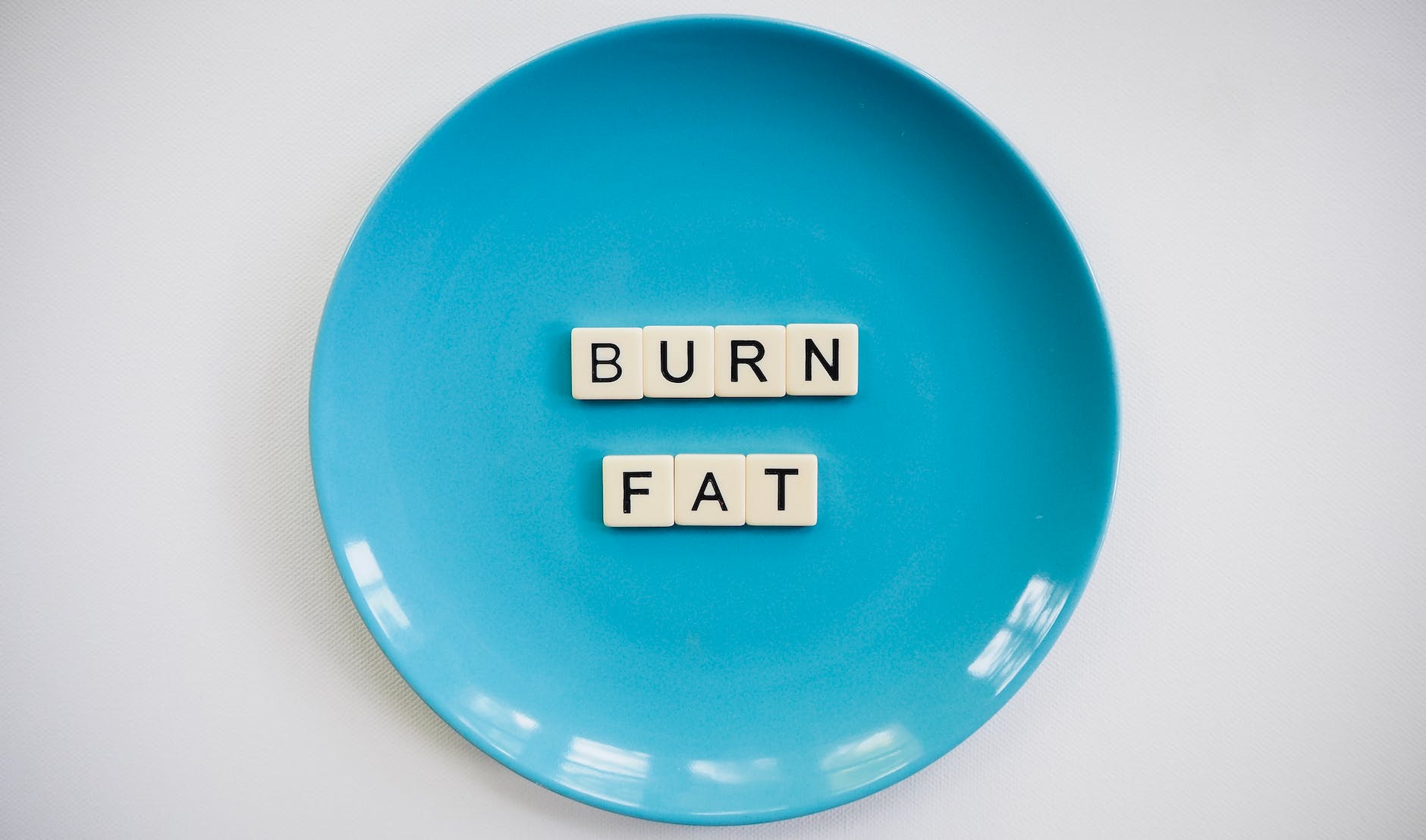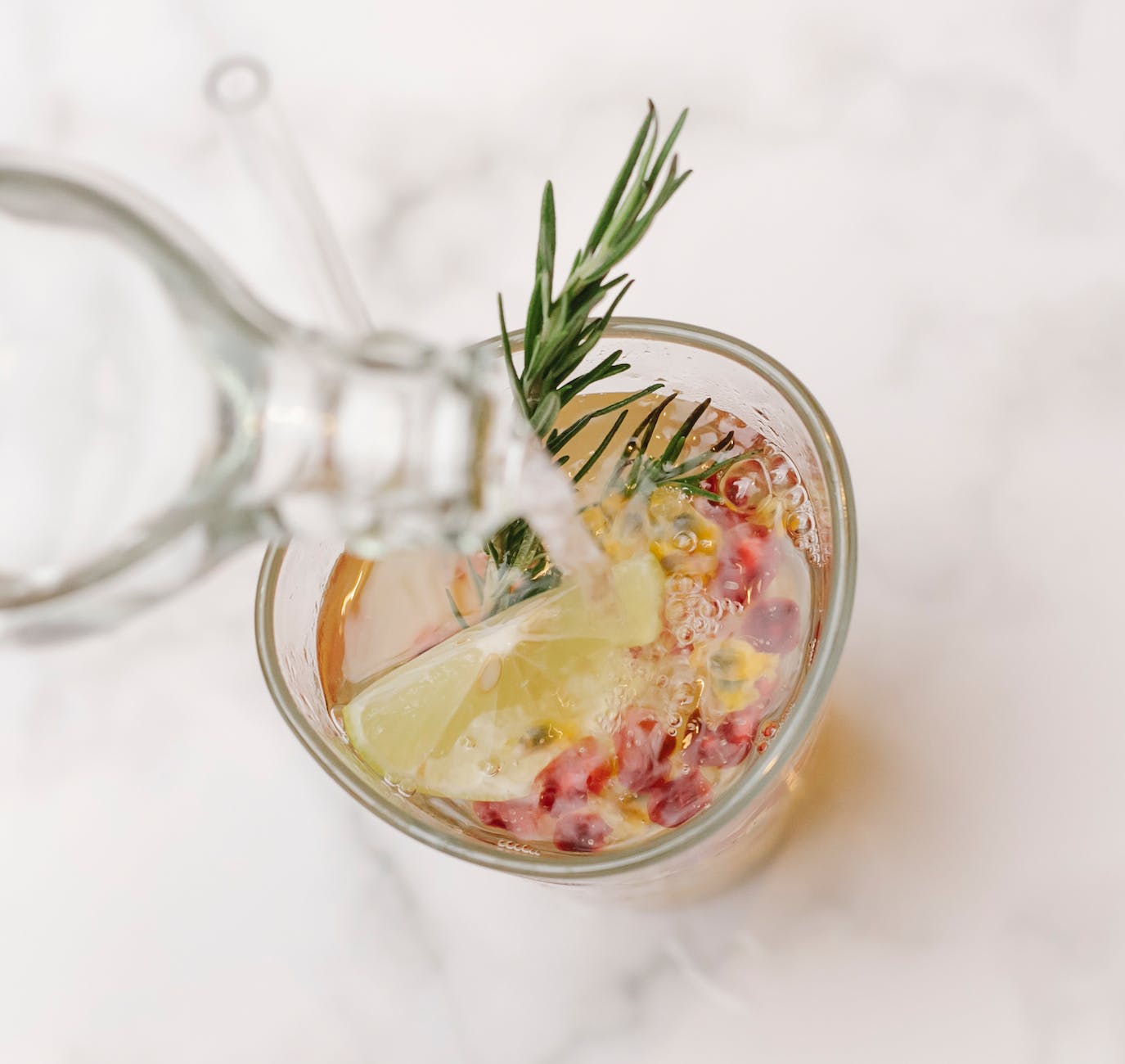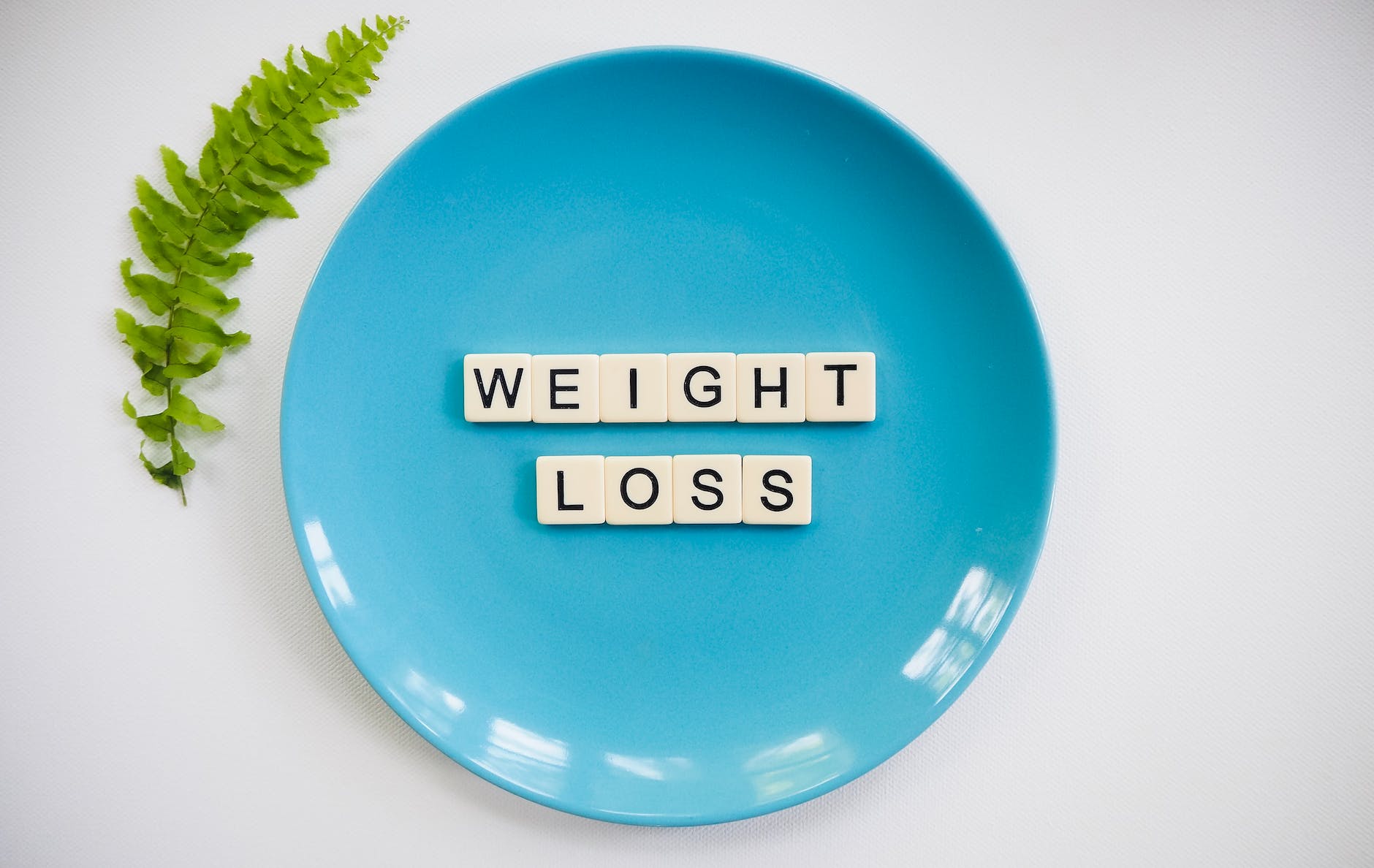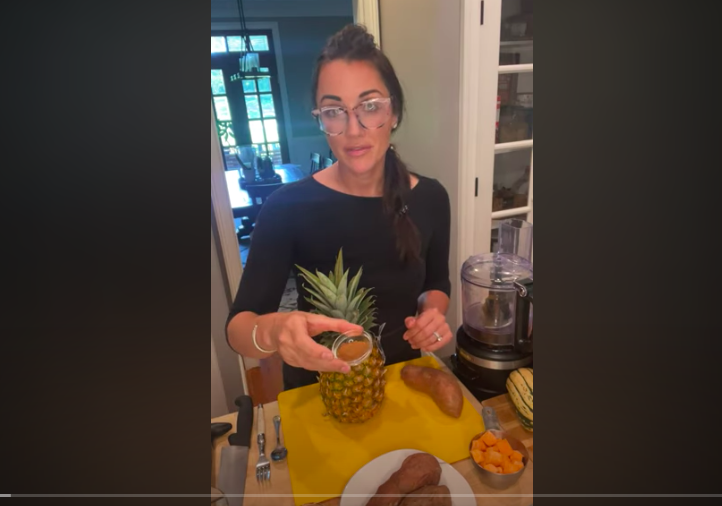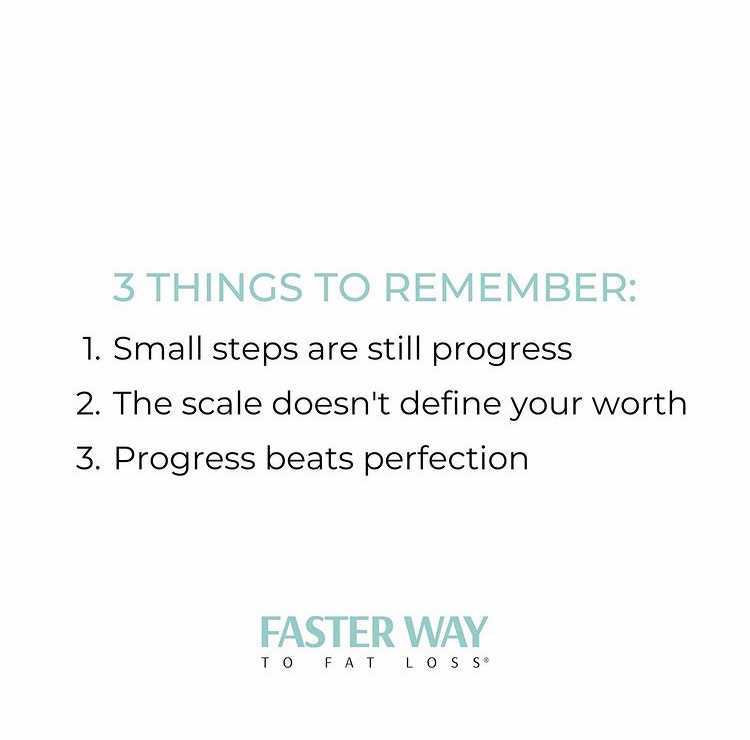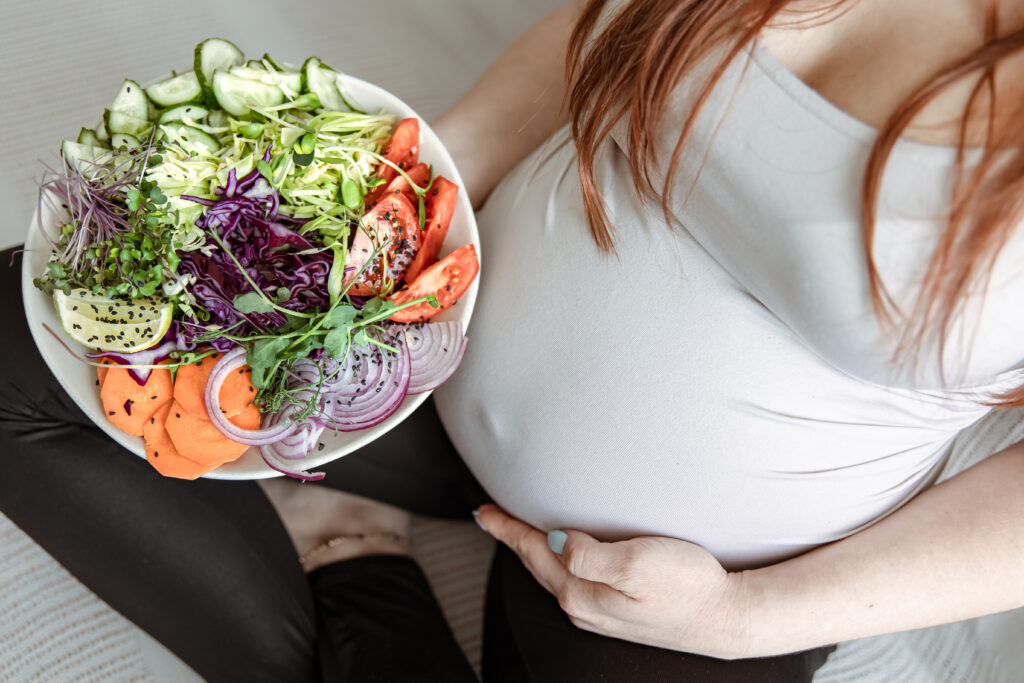Two ingredient soup hack (creamy + nourishing)
As a mom and dietitian, I’m always on the hunt to make something wholesome and easy to feed myself and my kids – and this one hits the mark for both. You can warm up your soul with this quick and easy two-ingredient soup hack that is perfect for those busy weekdays or whenever you need a quick dinner fix. It also happens to be an excellent way to get your kids to eat vegetables! Plus you can add to it to create a macro balanced meal or snack. It is literally the easiest soup recipes I have ever tested.
This recipe is built on the convenience of frozen mirepoix and chicken broth from the grocery store, making it a great go-to meal when you’re short on time.
Table of contents
Ingredients and Alternatives:
For this basic recipe, you will only need two main ingredients, frozen mirepoix and broth, but you can add additional ingredients to customize the soup to your own preference.
Frozen mirepoix
- This is a combination of pre-diced celery, onion and carrot. I usually have a bag in the freezer.
- This soup is equally as good with fresh mirepoix, my local Trader Joe’s and Harris Teeter always have it available in the produce aisle. When I buy fresh, I generally try to cook it the same day.
- You could always use 3/4 cup each of diced carrots and celery with 1 cup of diced onion.
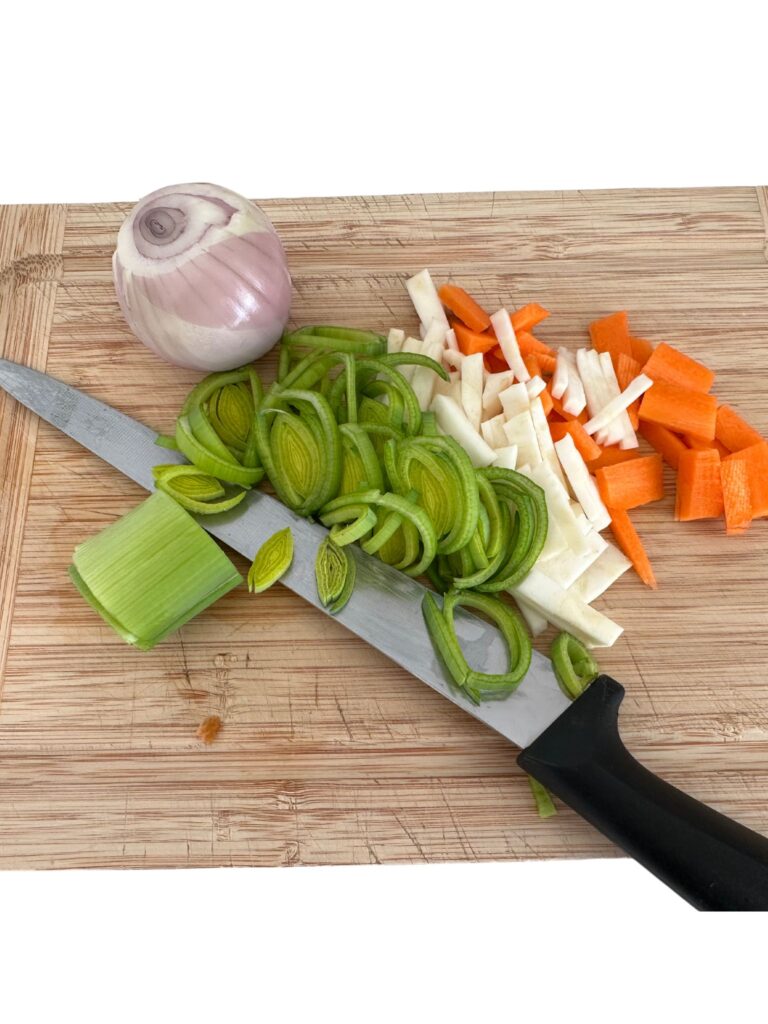
Chicken stock
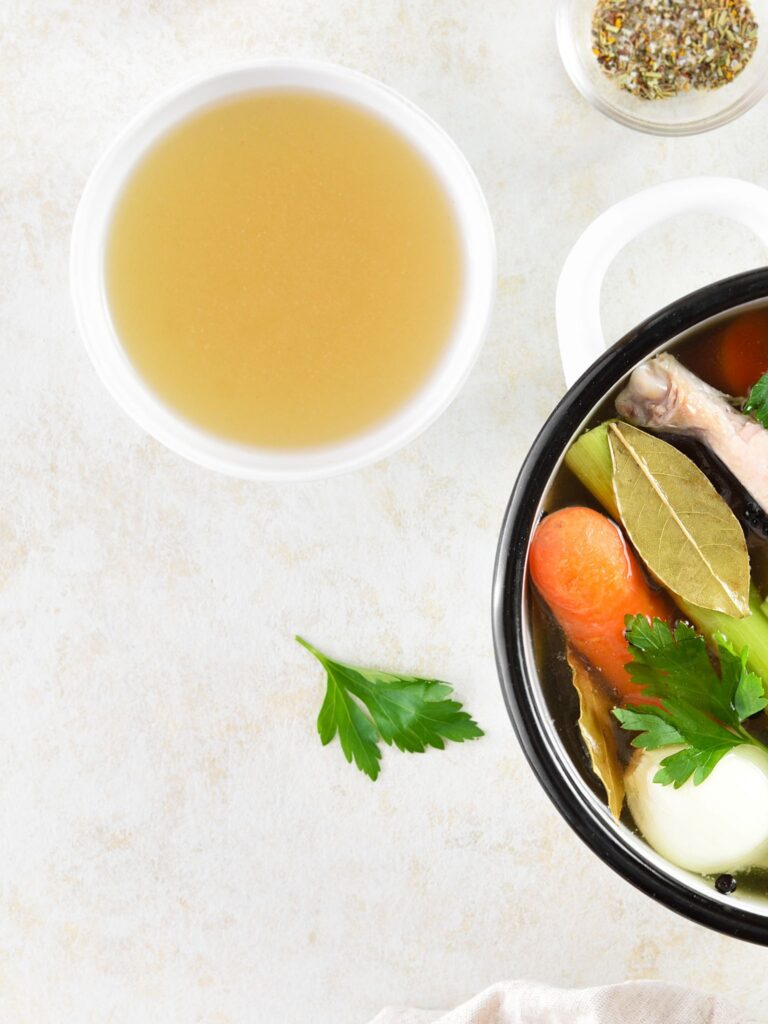
- Vegetable stock is a perfect alternative if you’re vegan, vegetarian or trying to follow a more plant based lifestyle.
- Beef stock will add a deeper umami flavor to this soup.
- Turkey stock is a great alternative to chicken stock.
- Bone broth may also be used. This option will offer a more protein rich soup.
Make it your own
- Feel free to add fresh herbs, such as thyme or rosemary, to elevate the soup’s flavor, or hot sauce to add an extra kick.
- Try adding a can of tomatoes to make a tomato-based soup.
- Grate or add a cube of fresh ginger to the mirepoix for a nutrient and flavor boost.
- Serve with poached shrimp for an elegant starter or light lunch.
Steps to Make It:
- Start by heating up a large pot on medium heat and adding a tablespoon of olive oil.
- Add the frozen mirepoix mixture and cook for 5-7 minutes until it’s soft and fragrant.
- Pour in the chicken or vegetable broth, enough to cover the mirepoix, and let it come to a boil.
- Turn down the heat and let the soup simmer for at least 15 minutes.
- Use an immersion blender to puree the soup until you reach the desired consistency.
- If you want a thinner soup, add more warm chicken or veggie stock and blend.
- Serve hot with toppings of your choice.
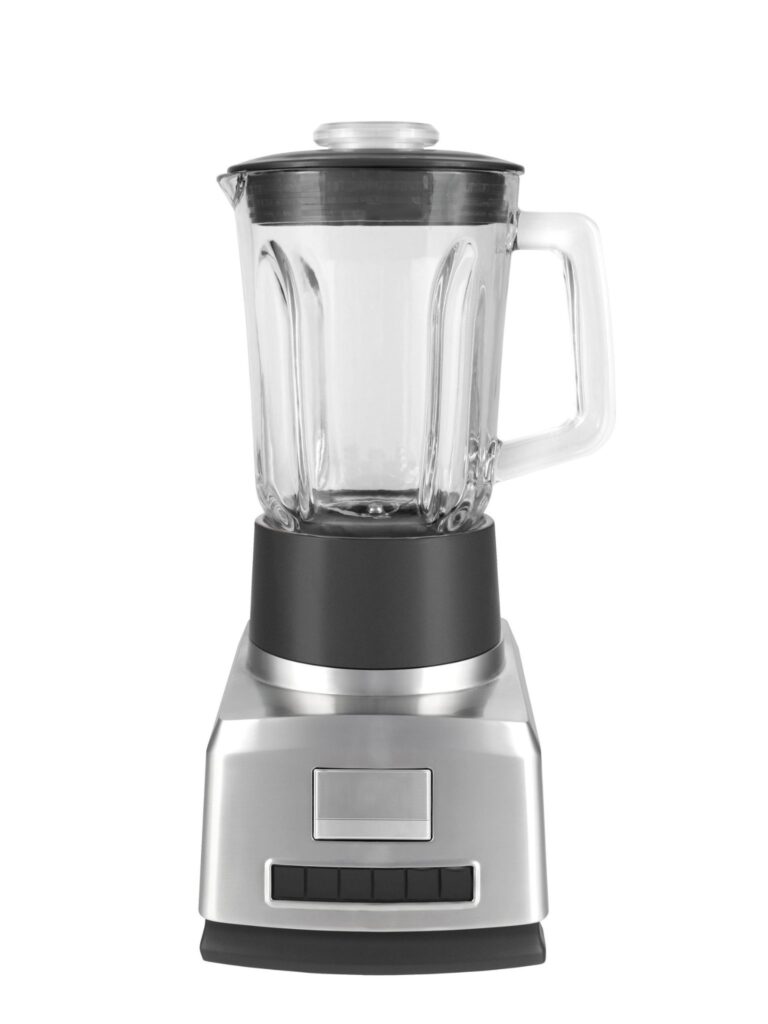
The beauty of this recipe is that it is perfect for anyone looking for a warm and hearty soup without having to spend hours in the kitchen. This is perfect for those who are seeking a healthy option but don’t want to sacrifice flavor.
Interesting Ways to Serve It:
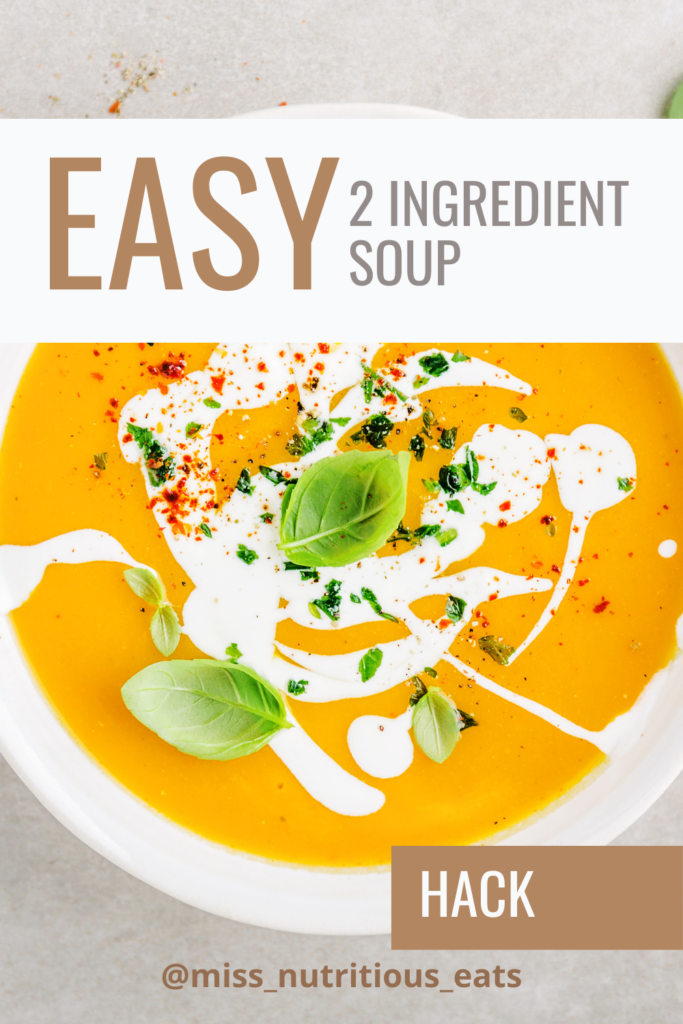
If you’re looking to mix things up, try serving this soup as a base for a poached egg.
You can also roast sweet potato cubes and add them to the soup for a seasonal twist.
For extra creaminess, add a dollop of Greek yogurt, (heavy cream or sour cream work too!)
Serve with crusty bread, green onions, and black pepper.
Top with croutons or toasted pumpkin seeds for an extra crunch.
This two-ingredient soup is an easy favorite during any time of year and is perfect for children and adults alike.
How to store It:
You can pop any leftover soup in the freezer in an airtight container for a quick and easy lunch. I recommend pouring into pint containers for easy meal prepping and portioning.
Nutrition & Macros:
This soup is packed with nutrients from the vegetables and broth. Mirepoix, made from a mix of carrots, celery, and onions, is an excellent source of vitamins and fiber. It is also great for hydration.
It has about 100 calories per serving and is made with real whole food ingredients.
- Carbohydrates 5g
- Protein 6g
- Fat 3g
These values may change if you use a different broth such as bone broth or vegetable broth.
If you’re following the FASTer Way, save this recipe for low macro day. It’s will definitely help you feel full and hit your macro targets.
If you’re in a soup mood, you should try this split lentil soup recipe. It’s high protein and fiber gets better with time.
Don’t hesitate to make it your own by adding your own twist to the recipe. Happy cooking!
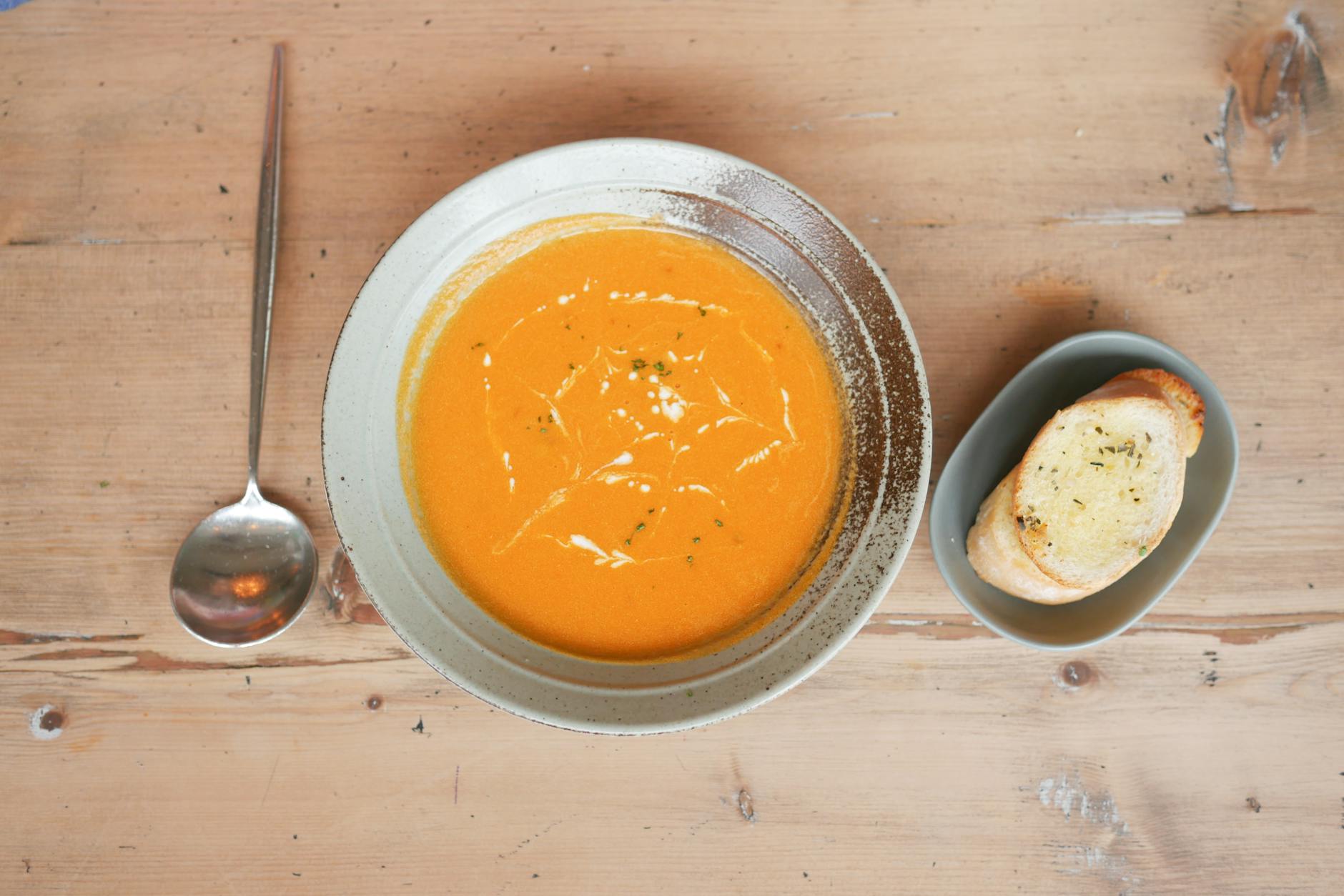
2 Ingredient Soup
Ingredients
Equipment
Method
- Heat 1 tbsp olive oil in stock pot.
- Add frozen bag of mirepoix and cook over medium heat until translucent and soft. About 10 minutes.
- Add broth or stock to vegetables and let simmer for 20 minutes.
- Transfer hot soup to blender and blend until smooth.
- Serve and enjoy
Nutrition


